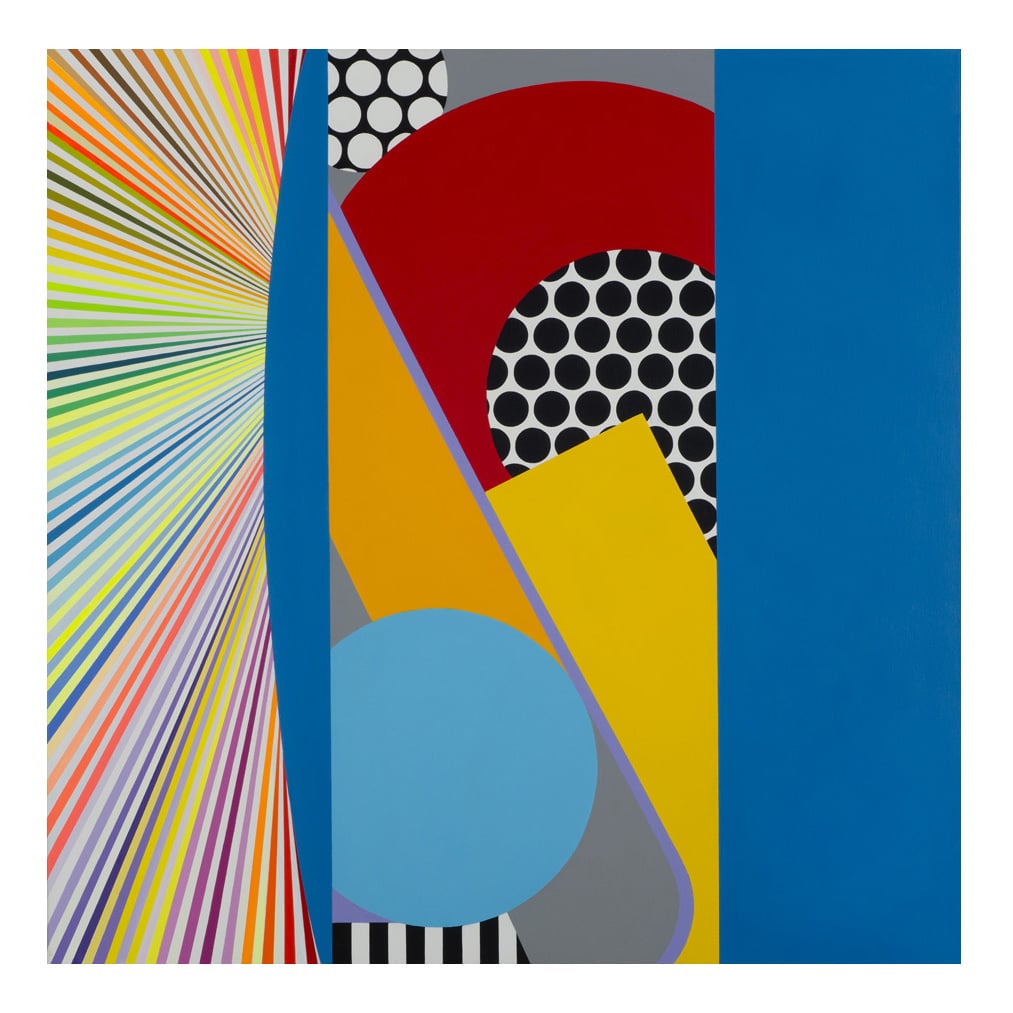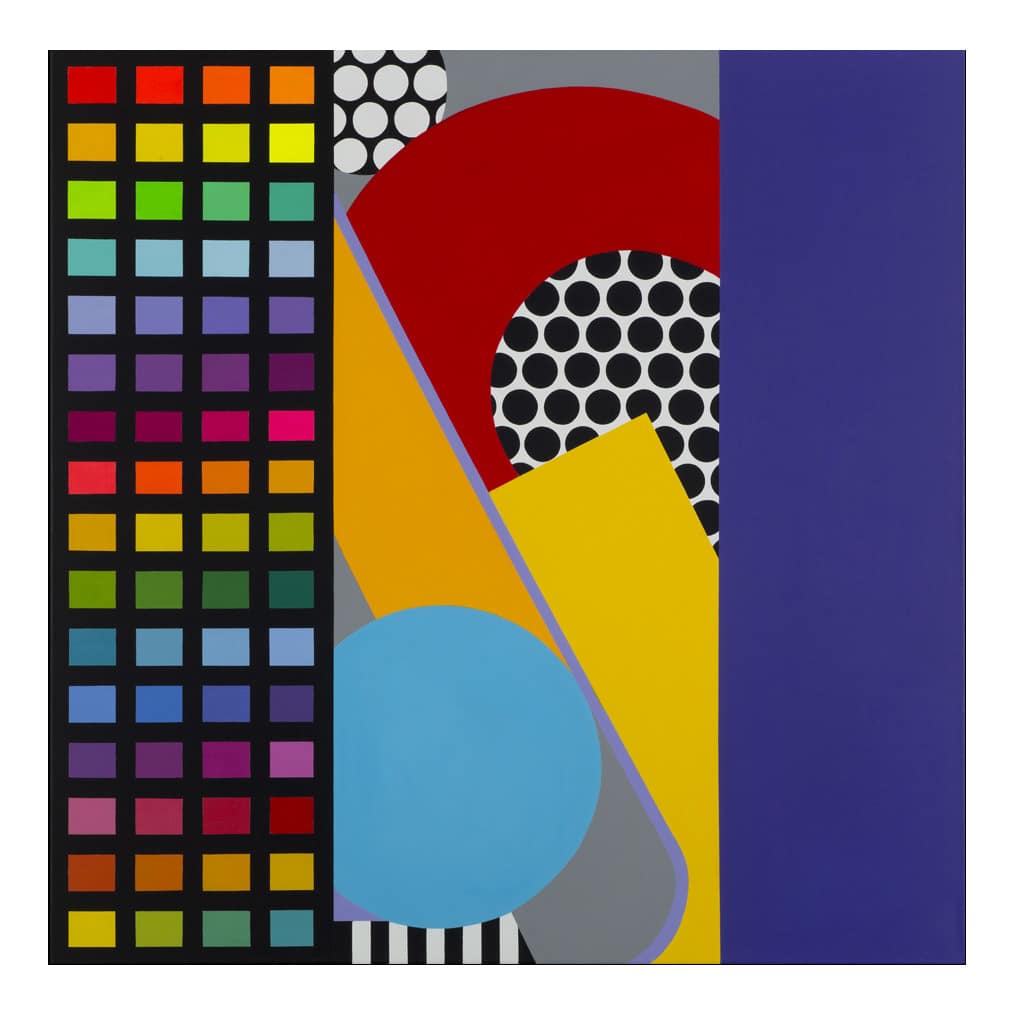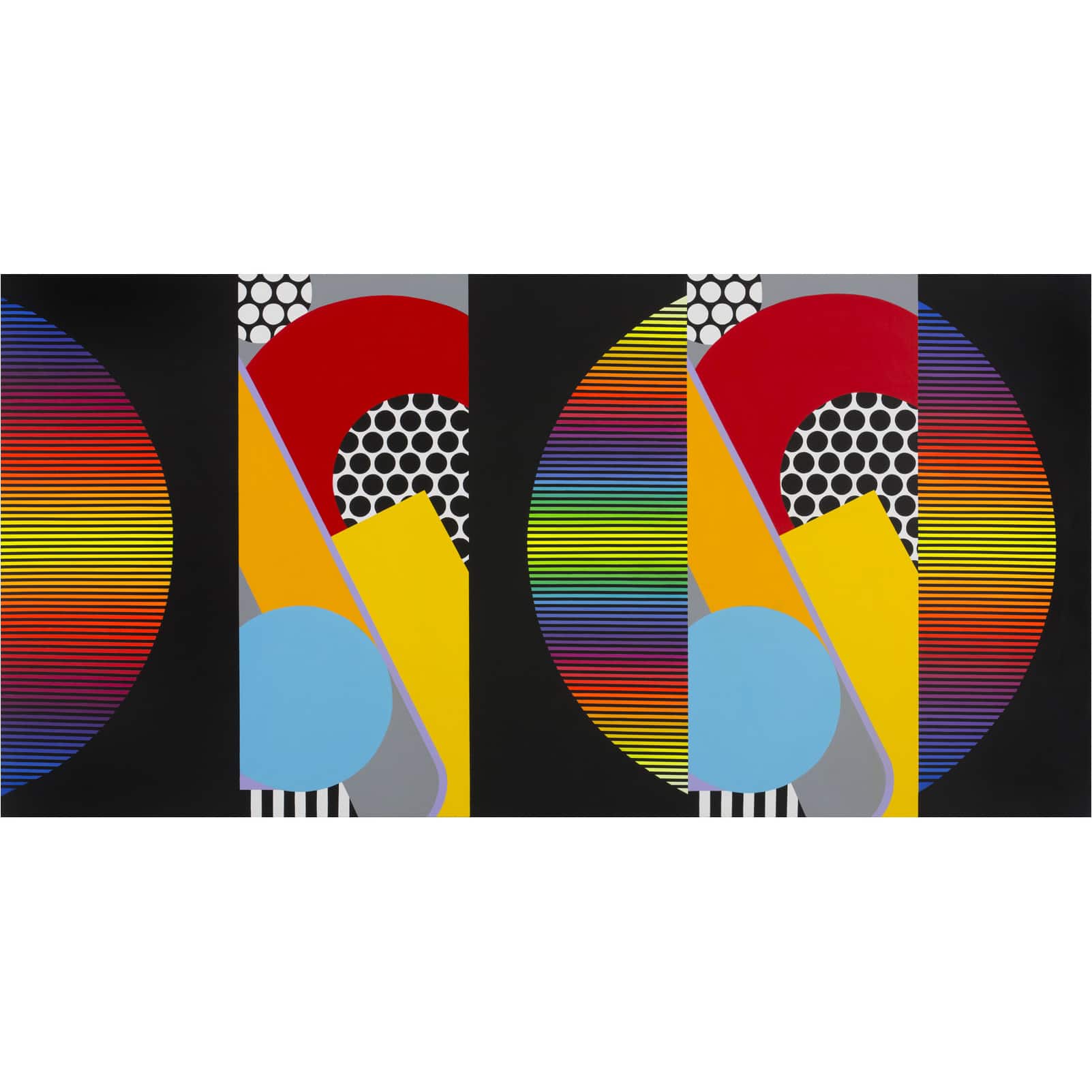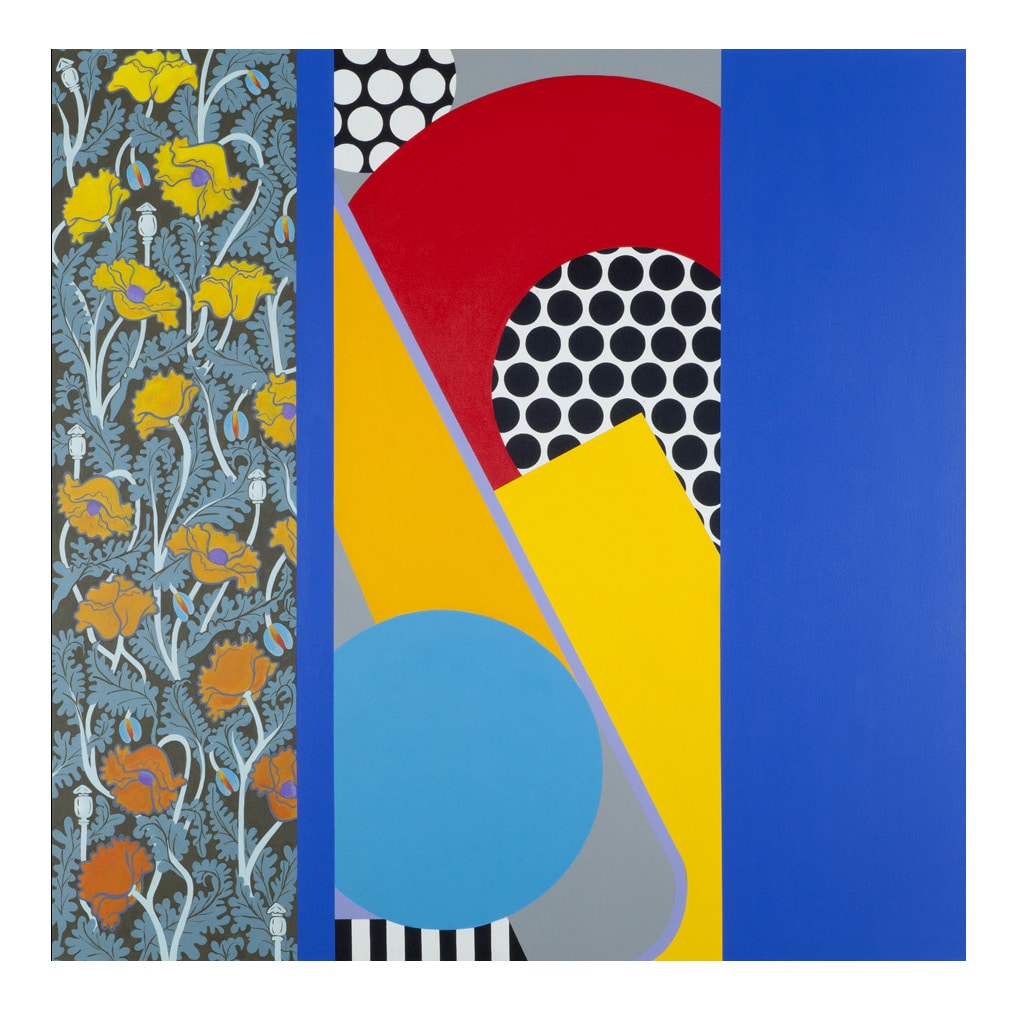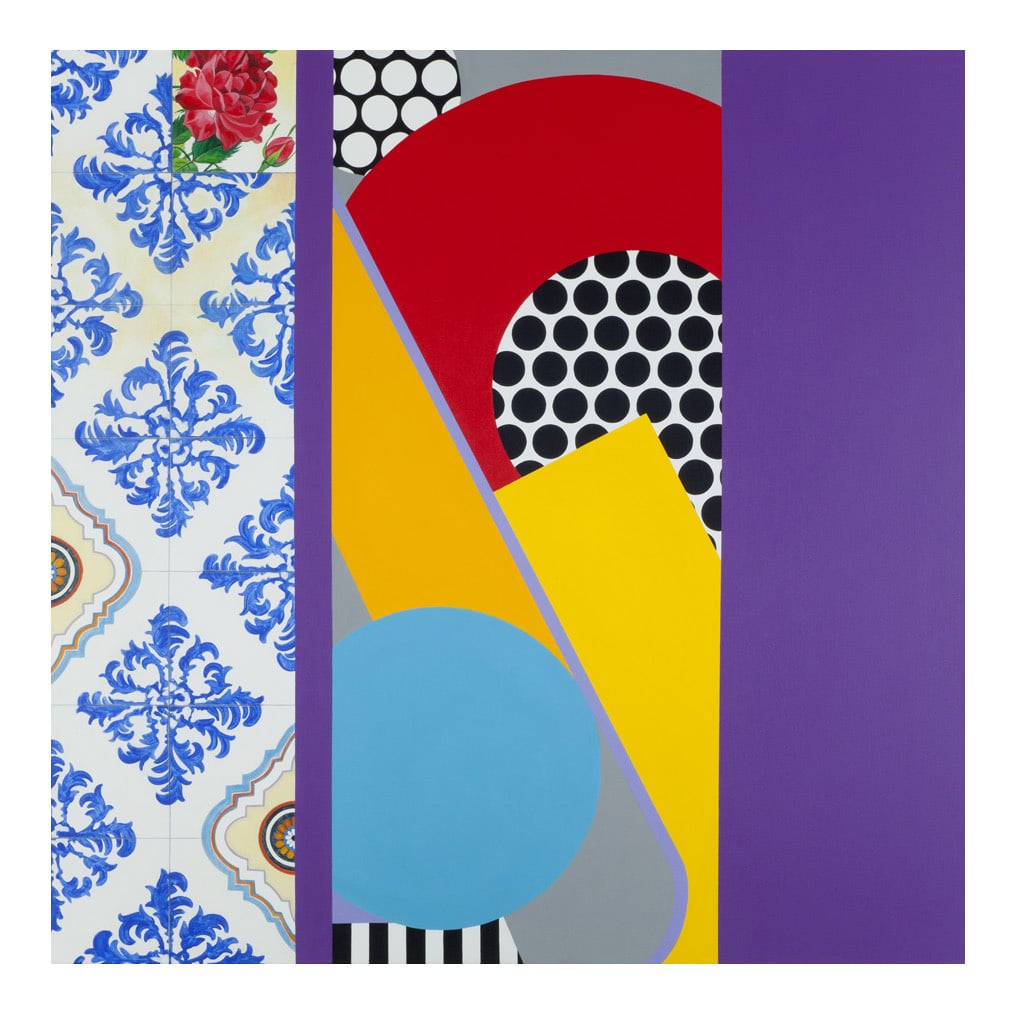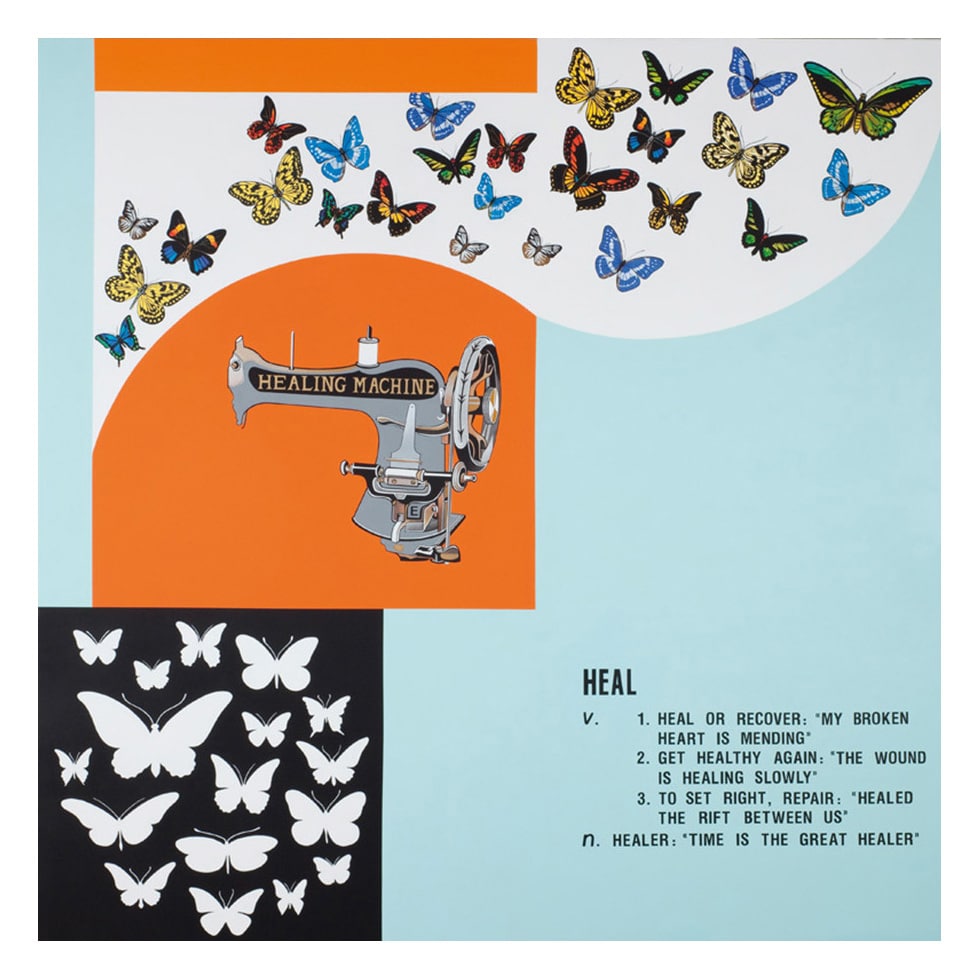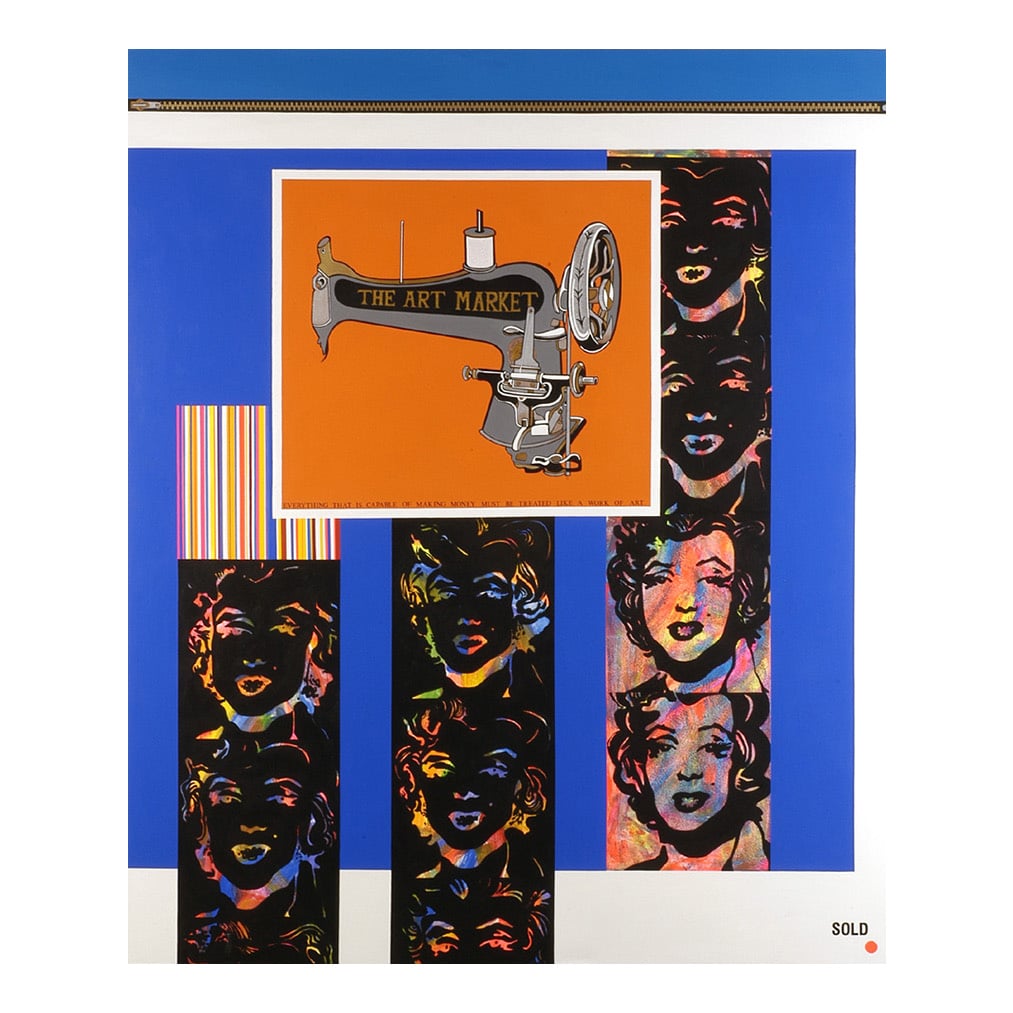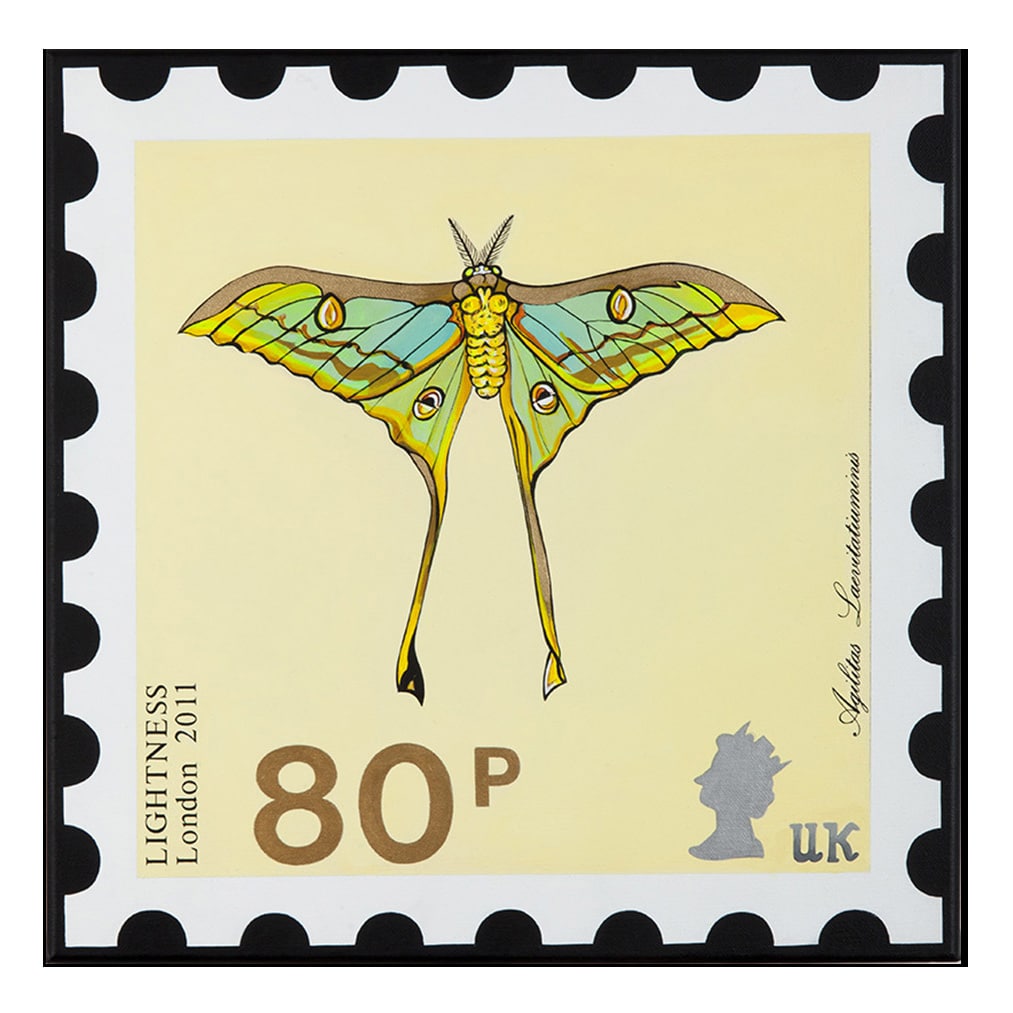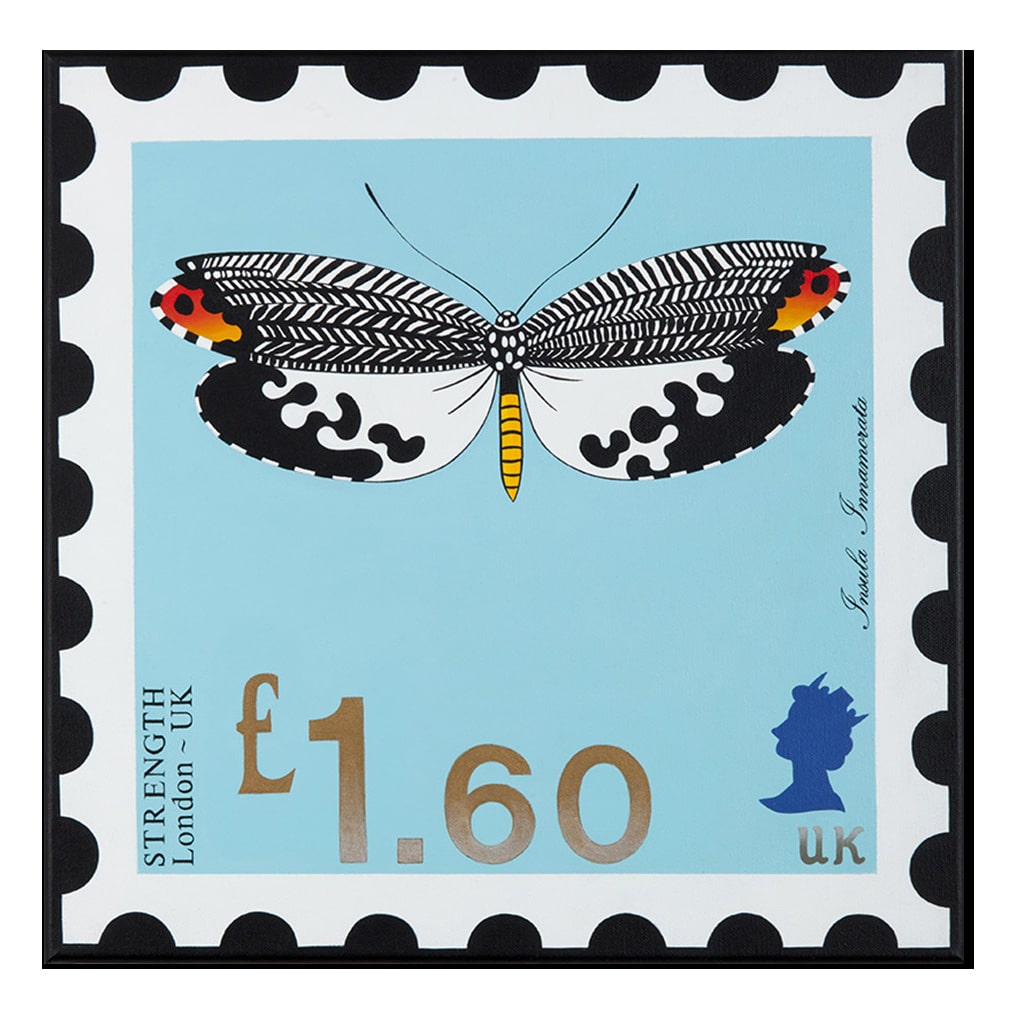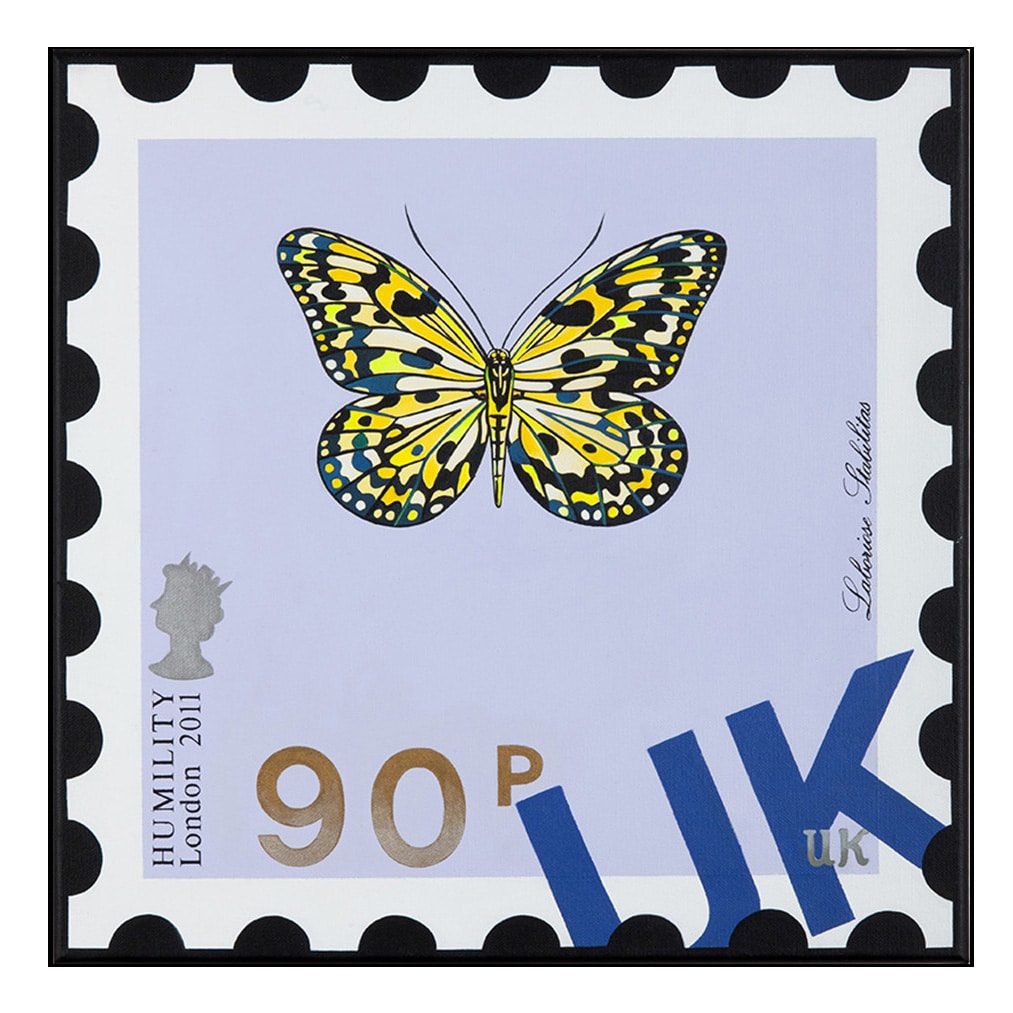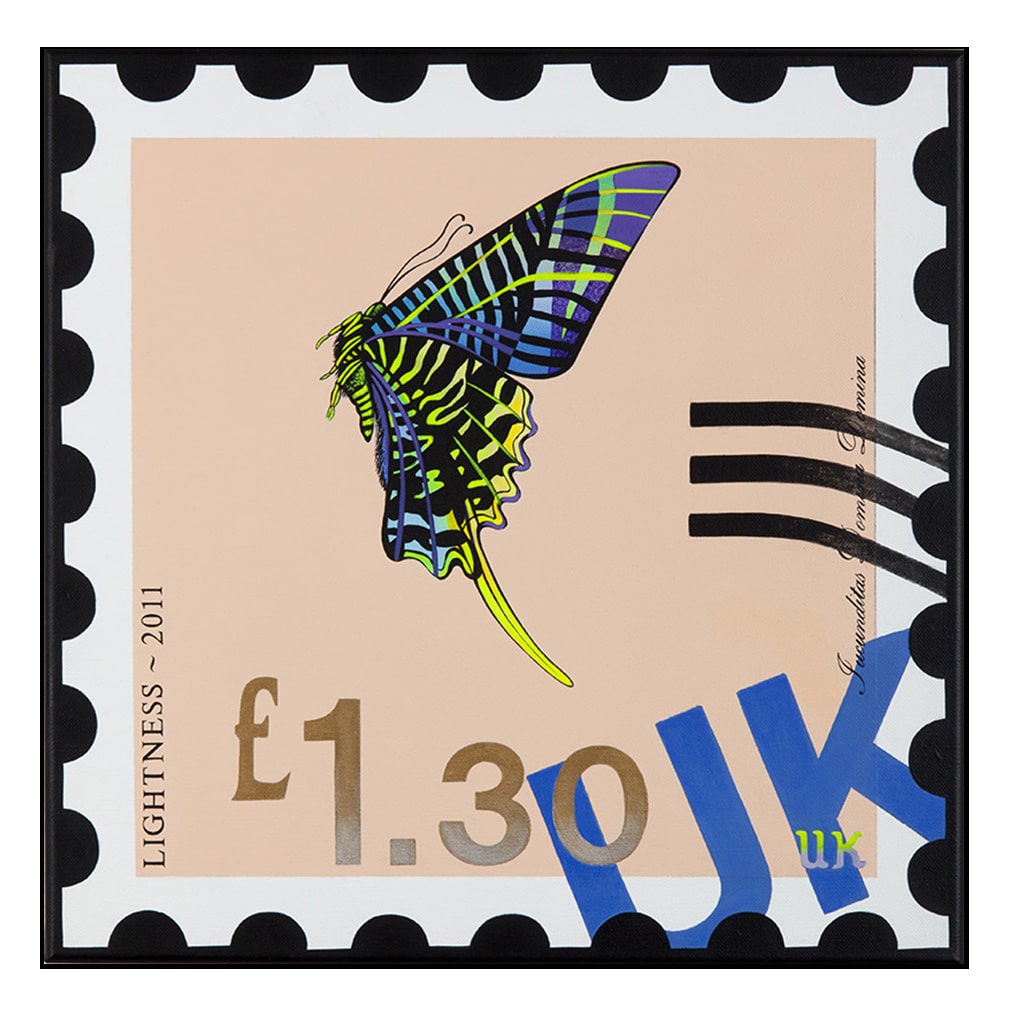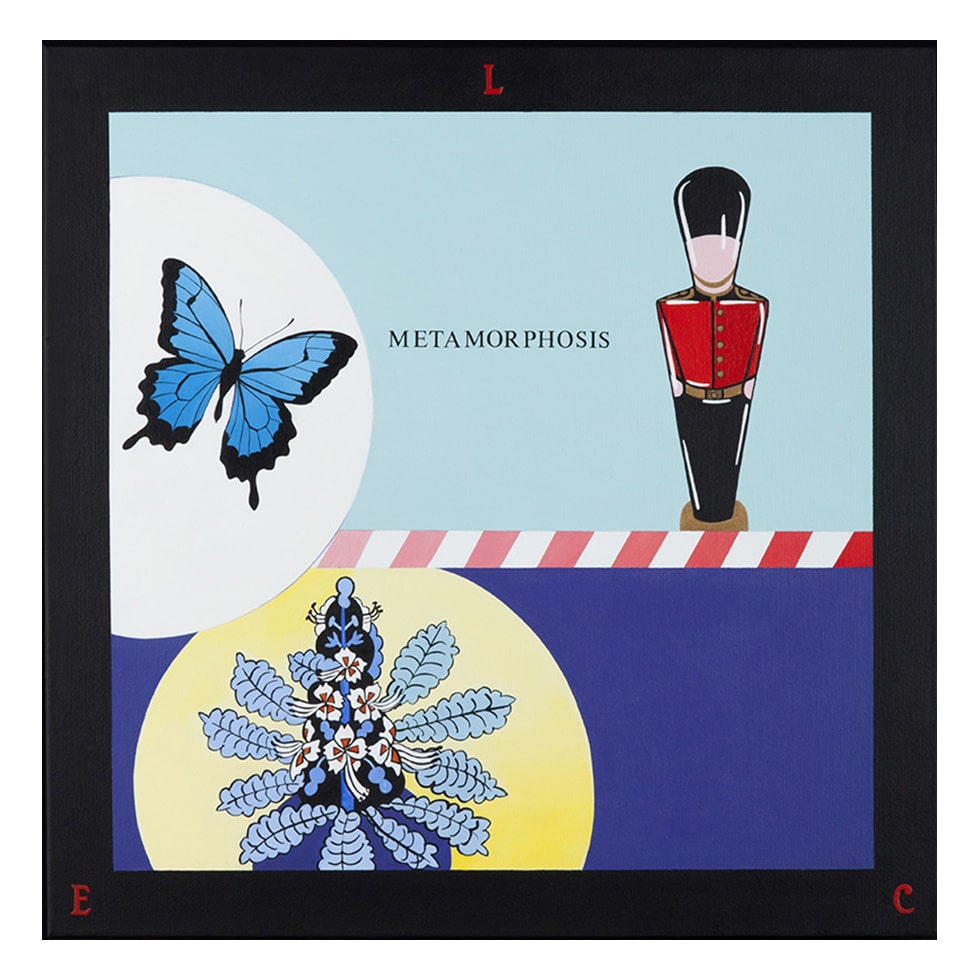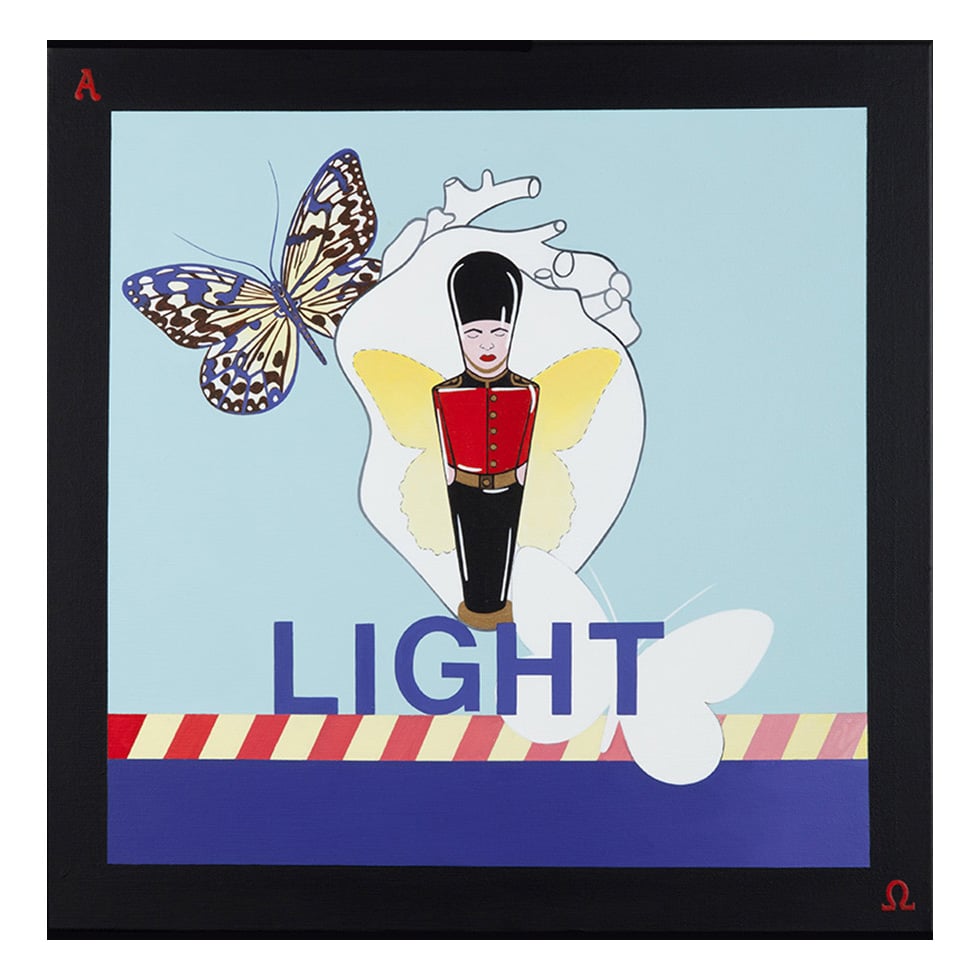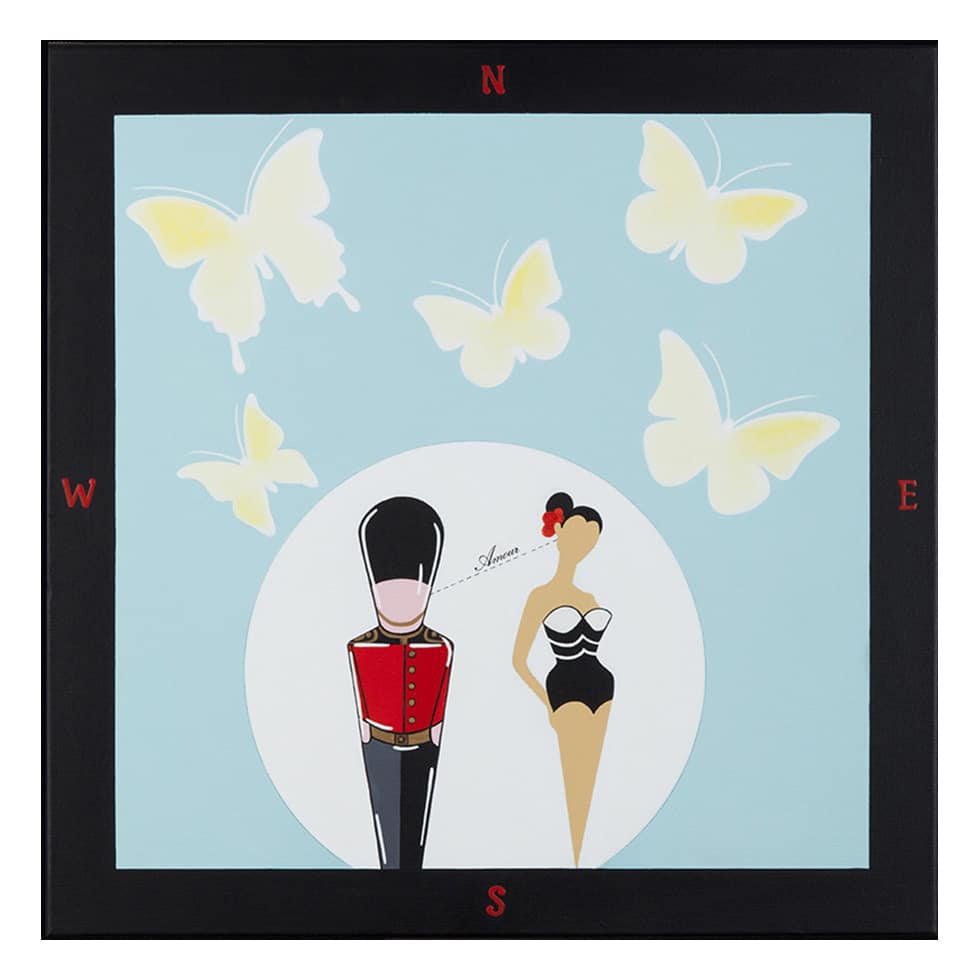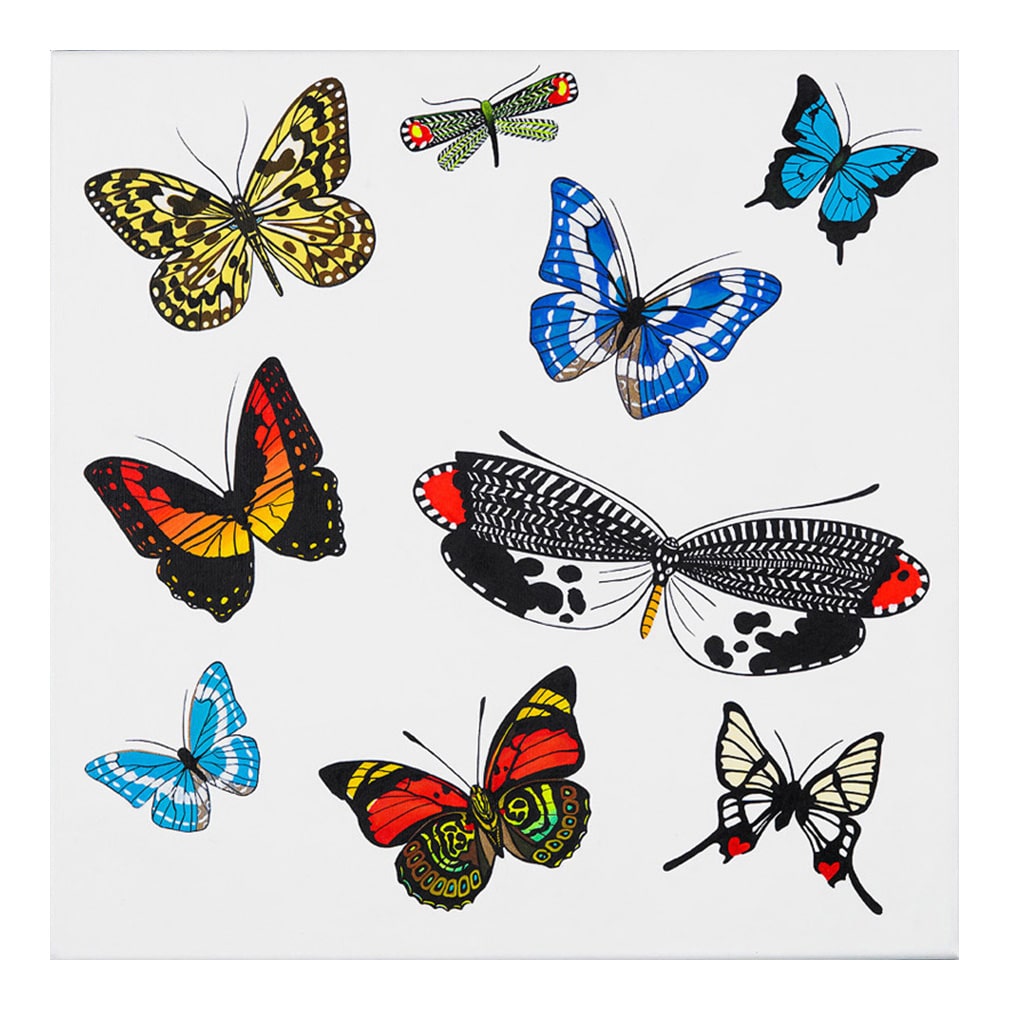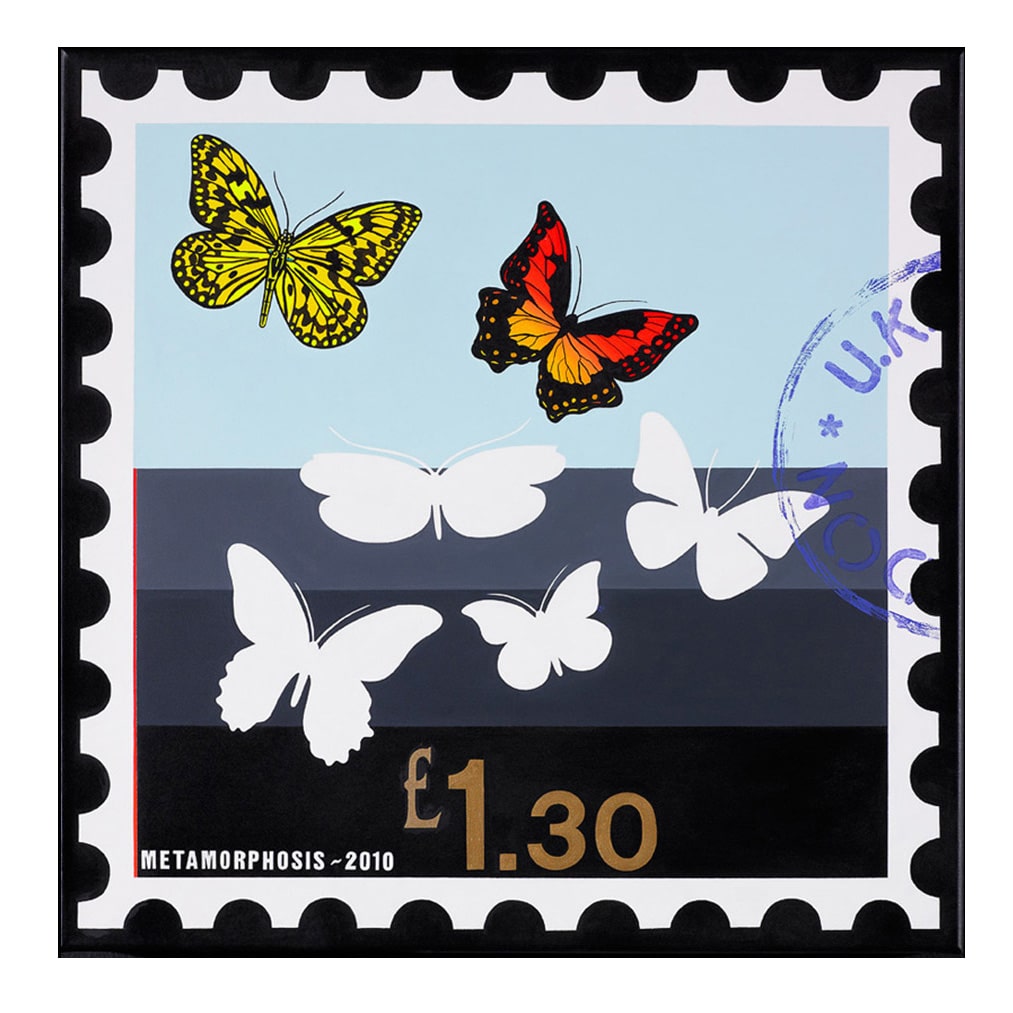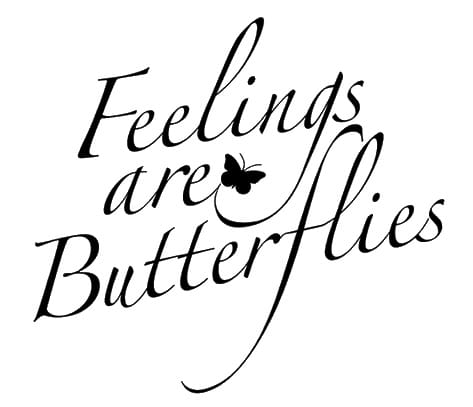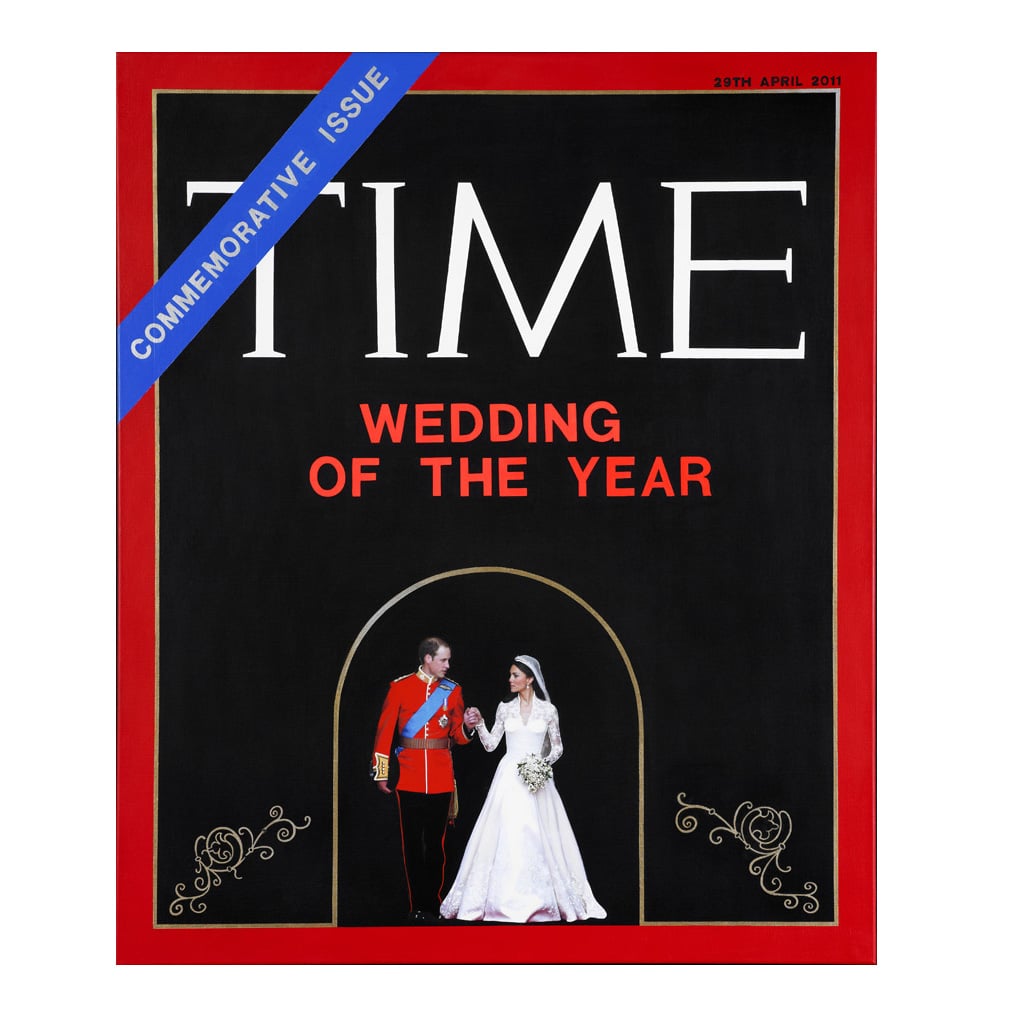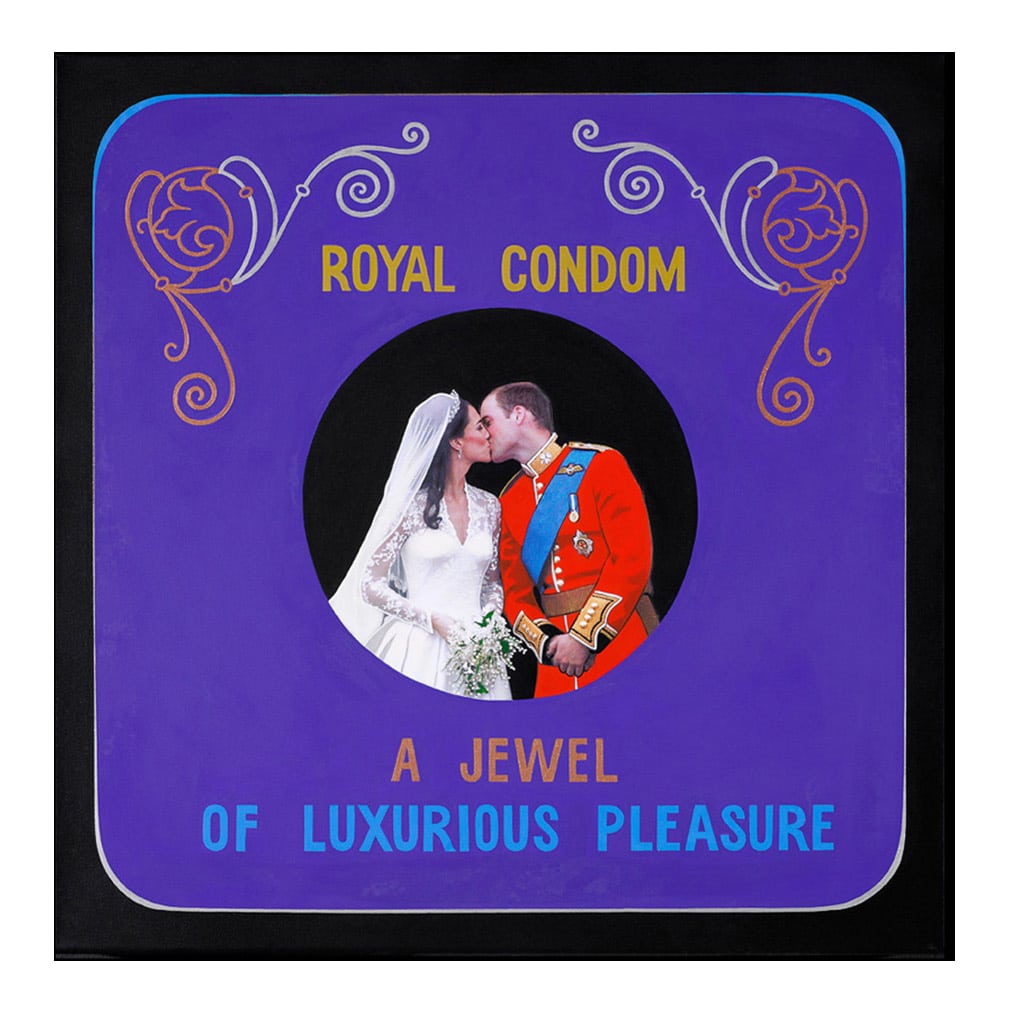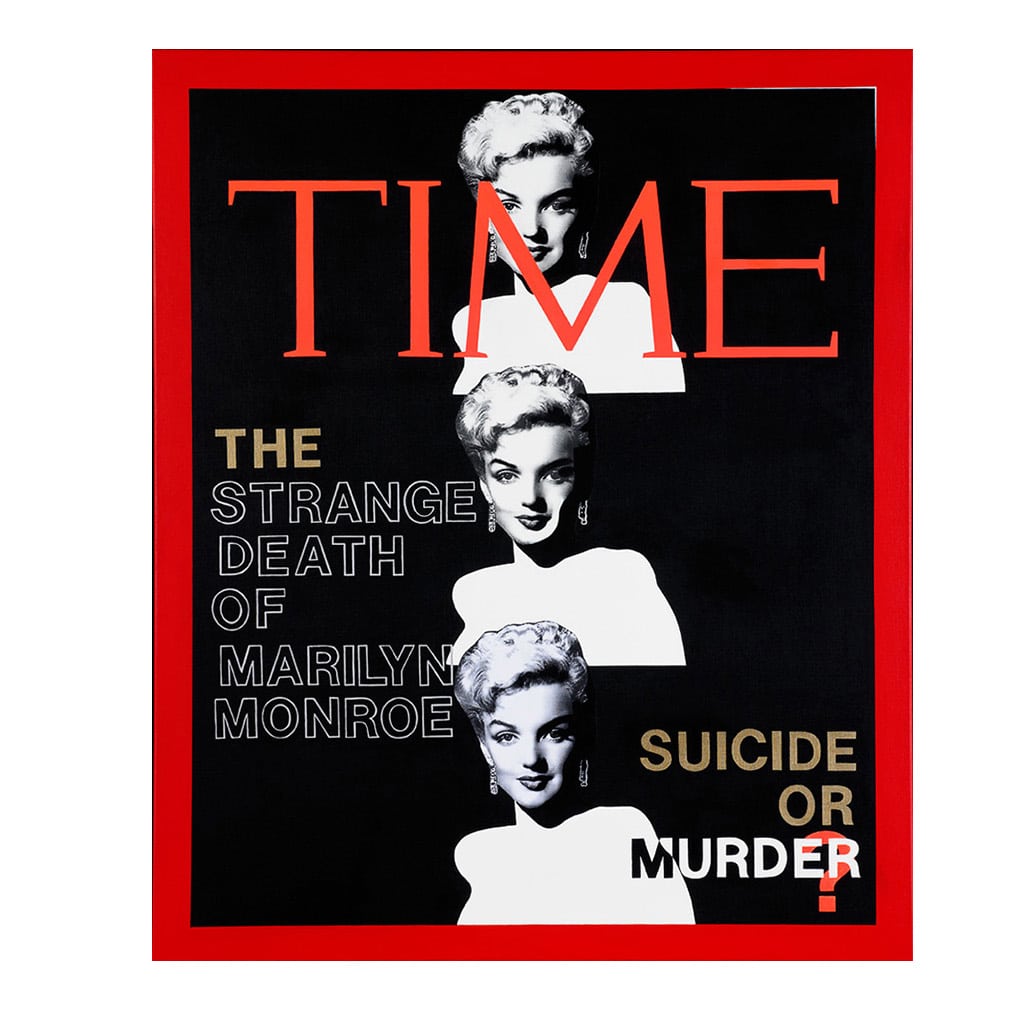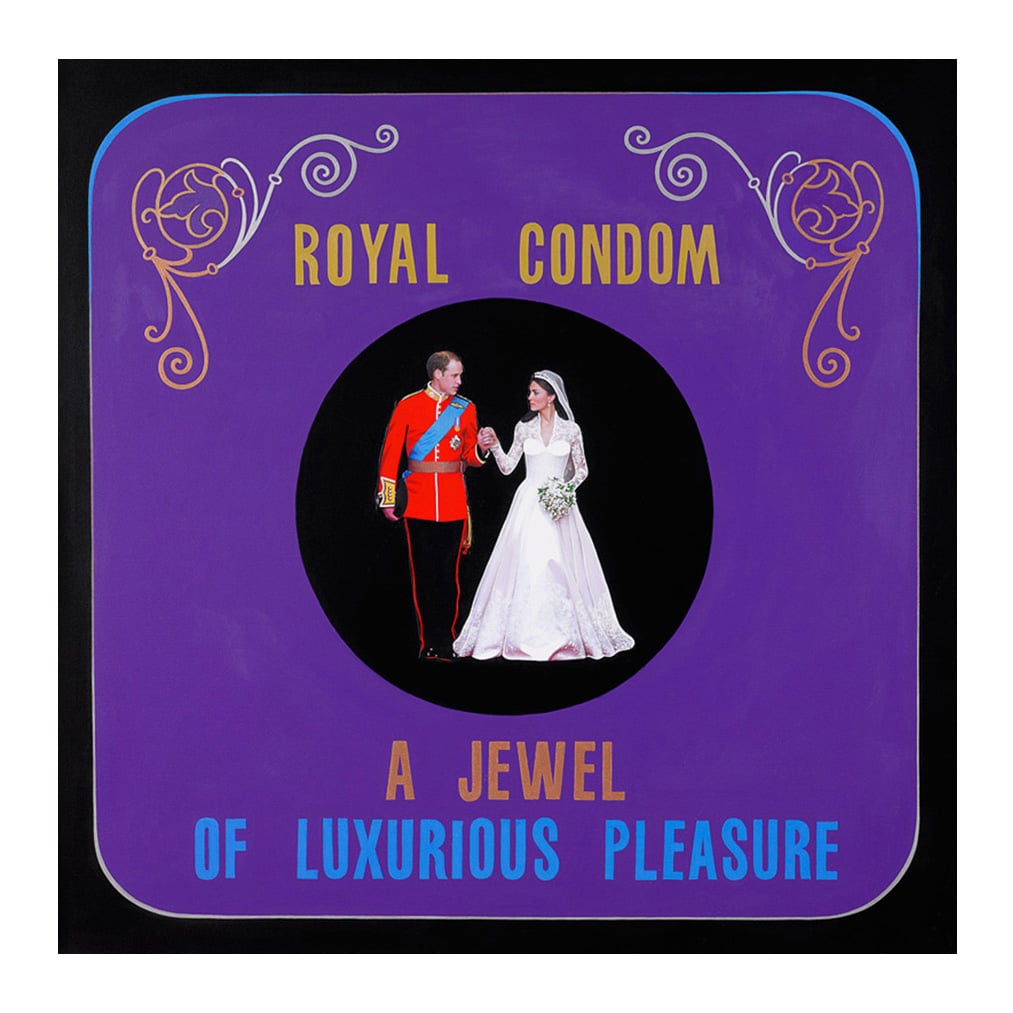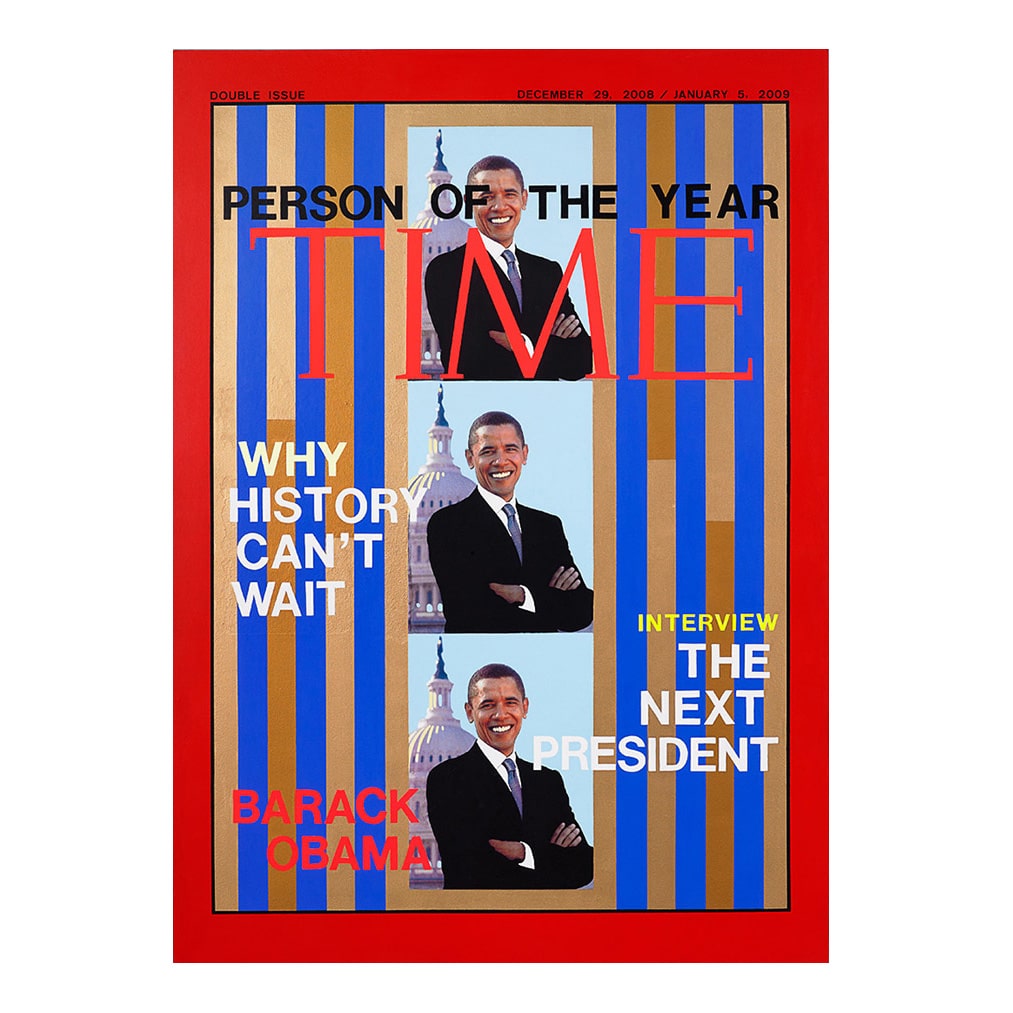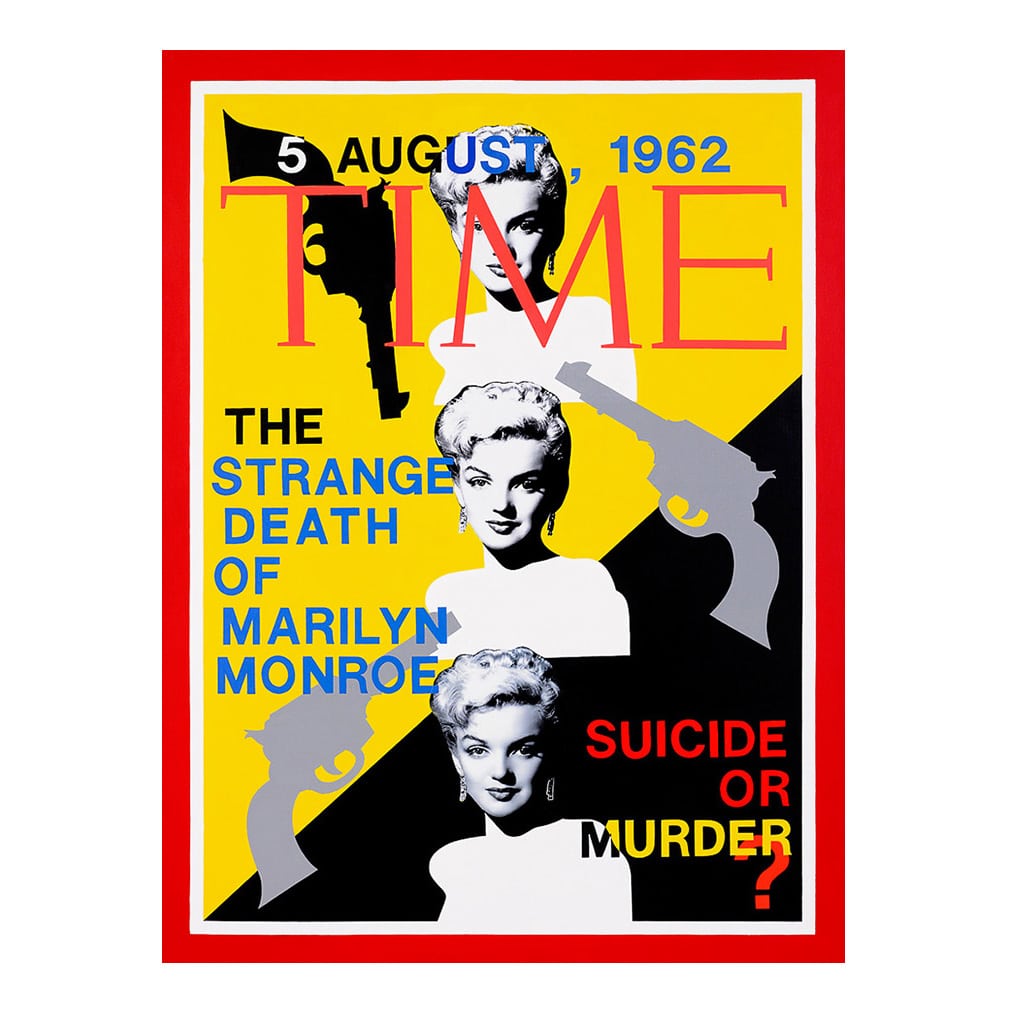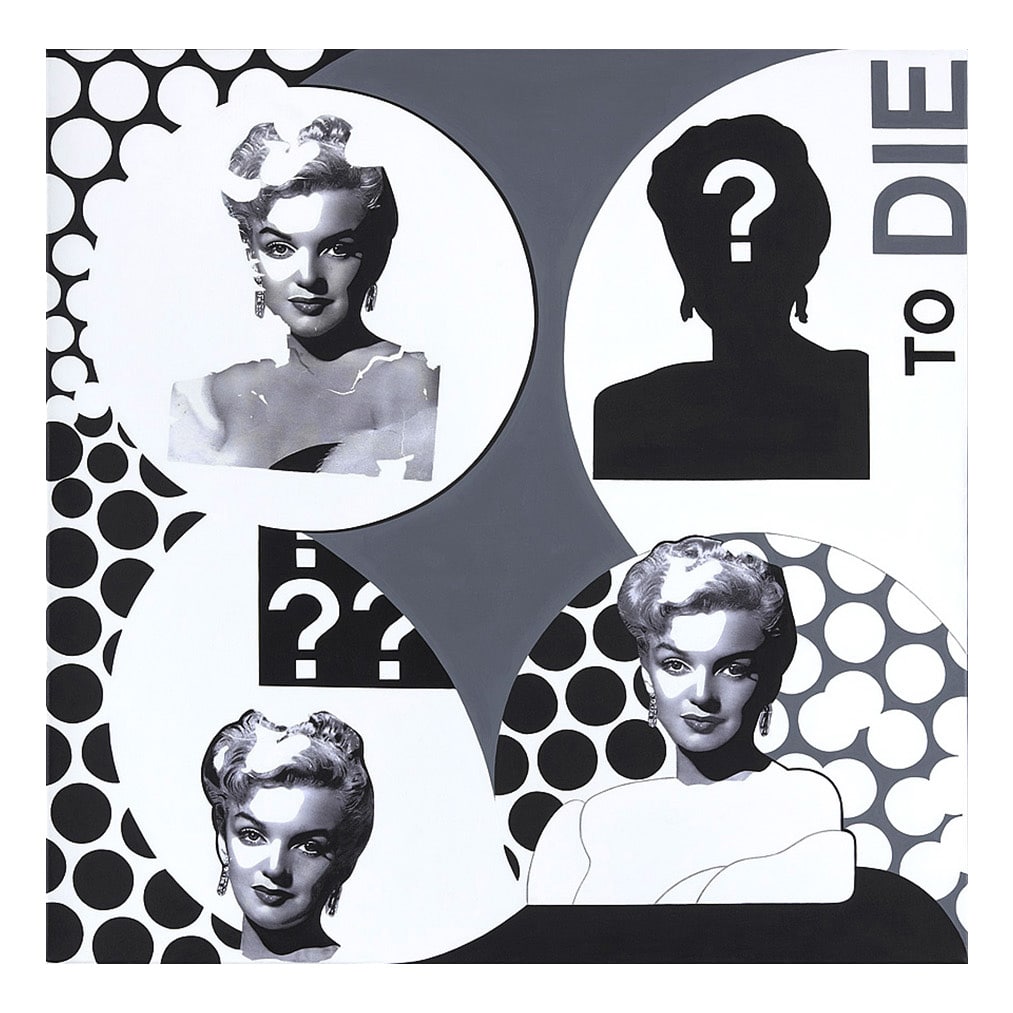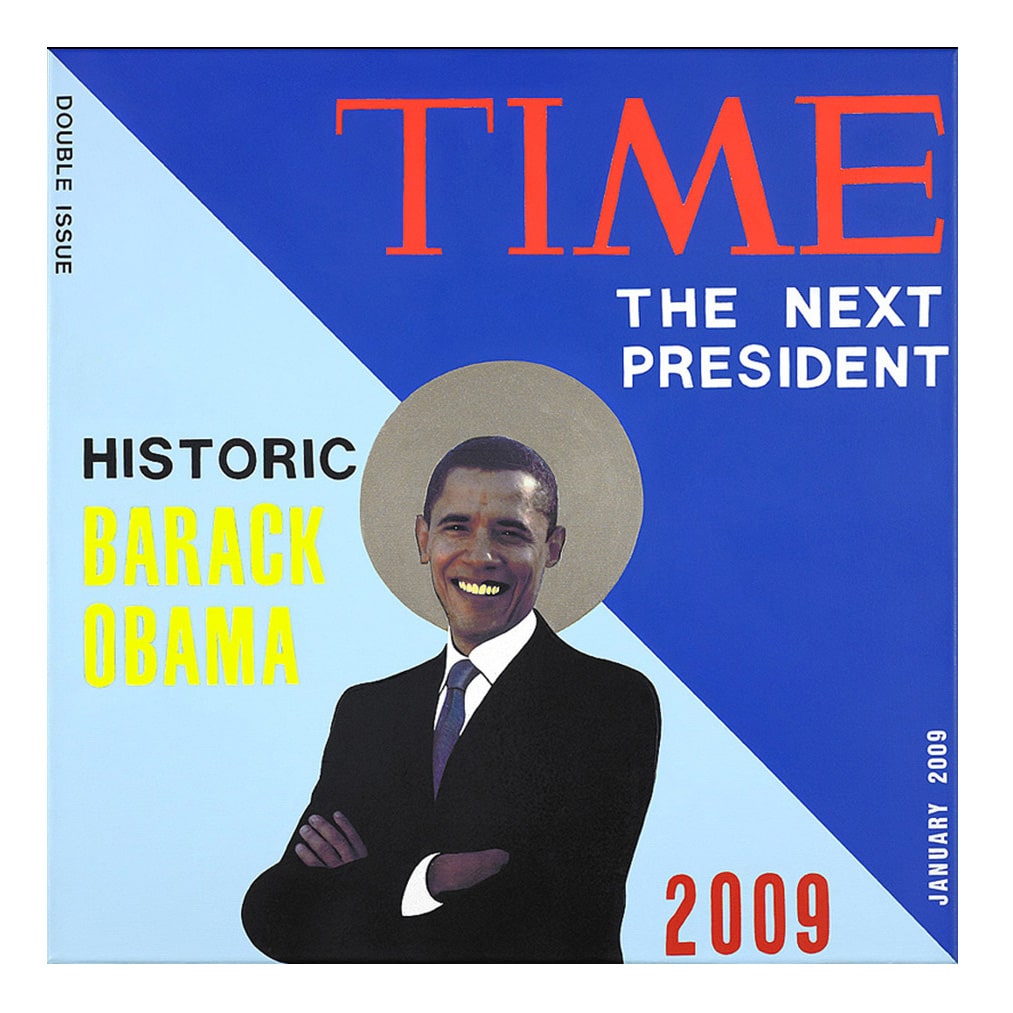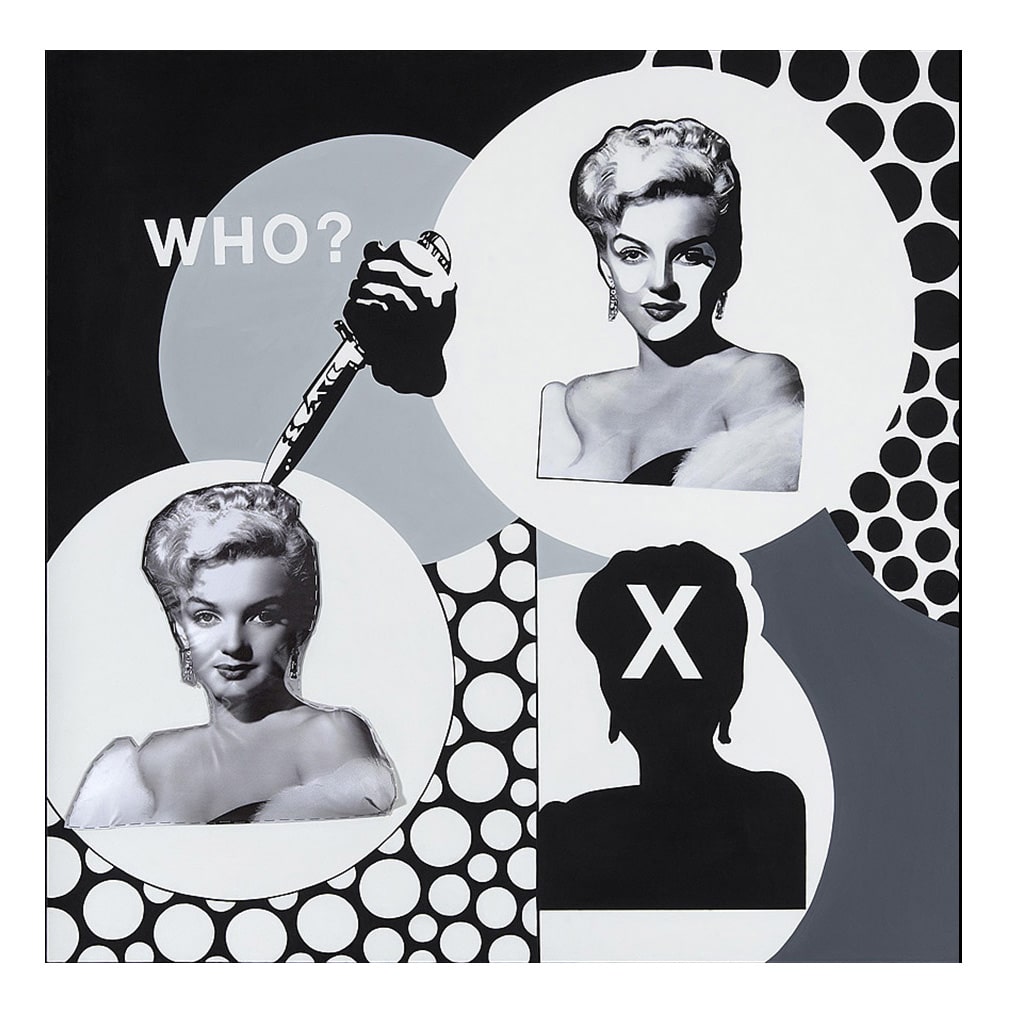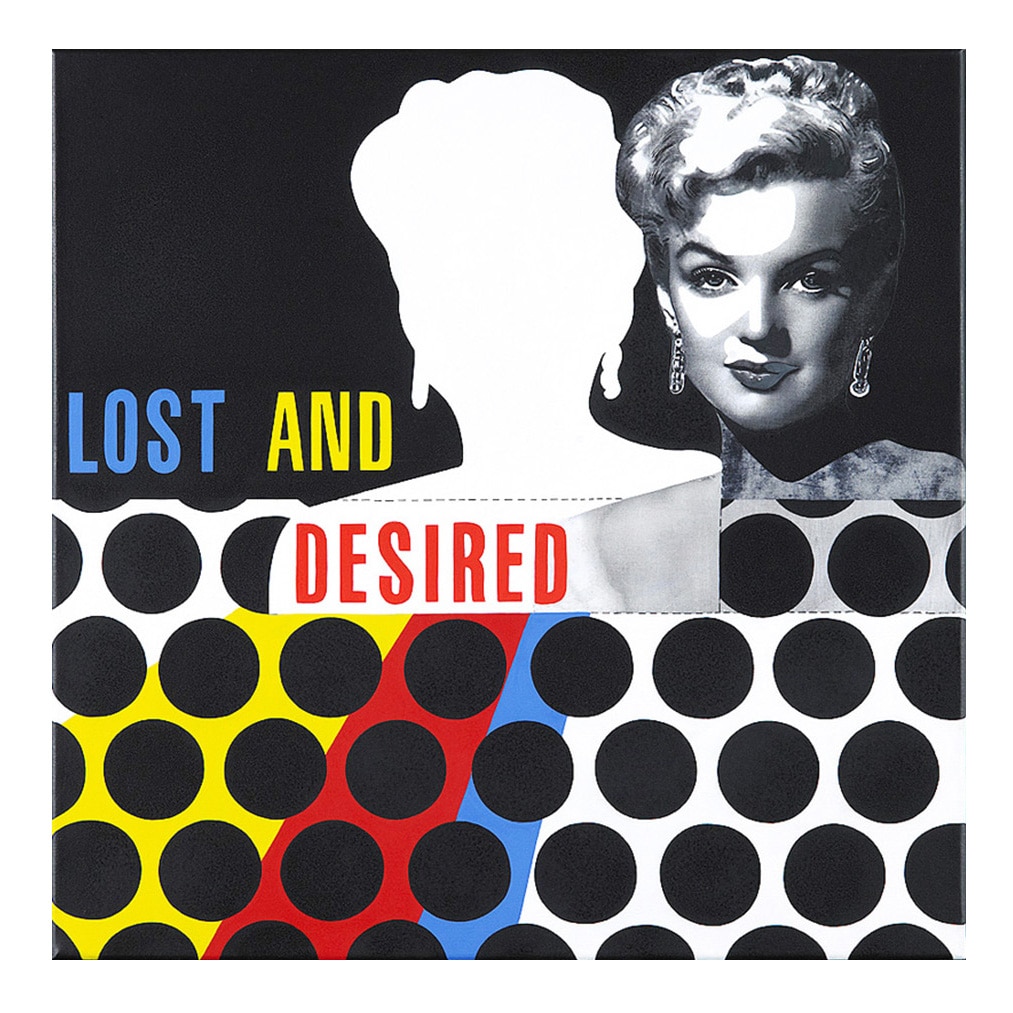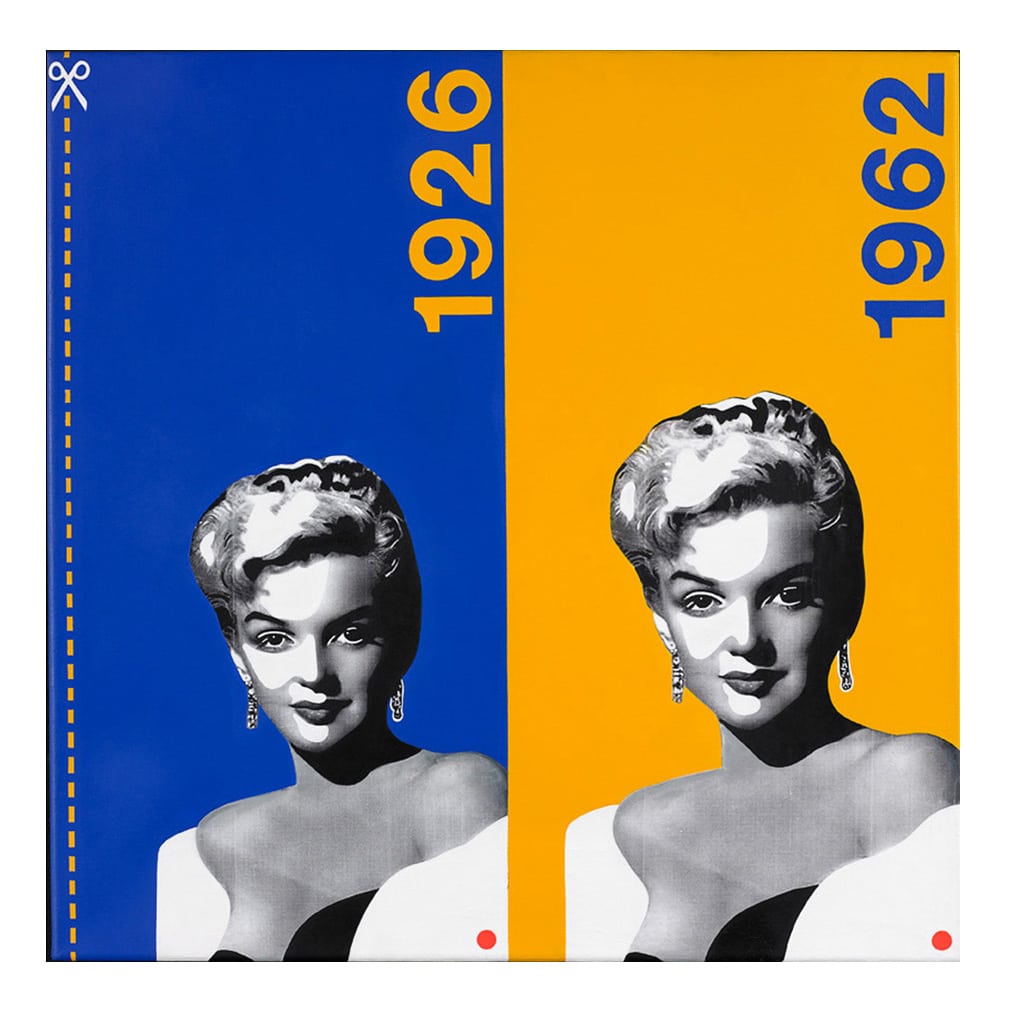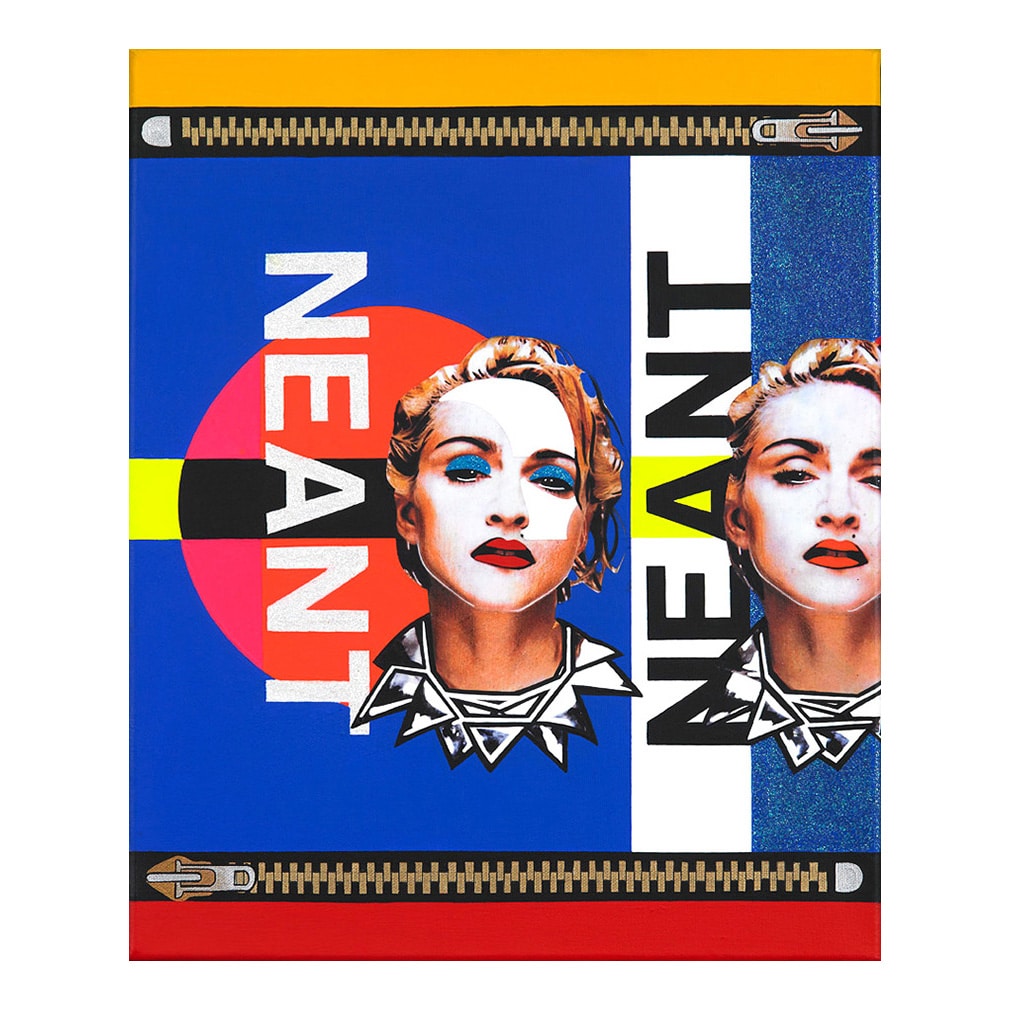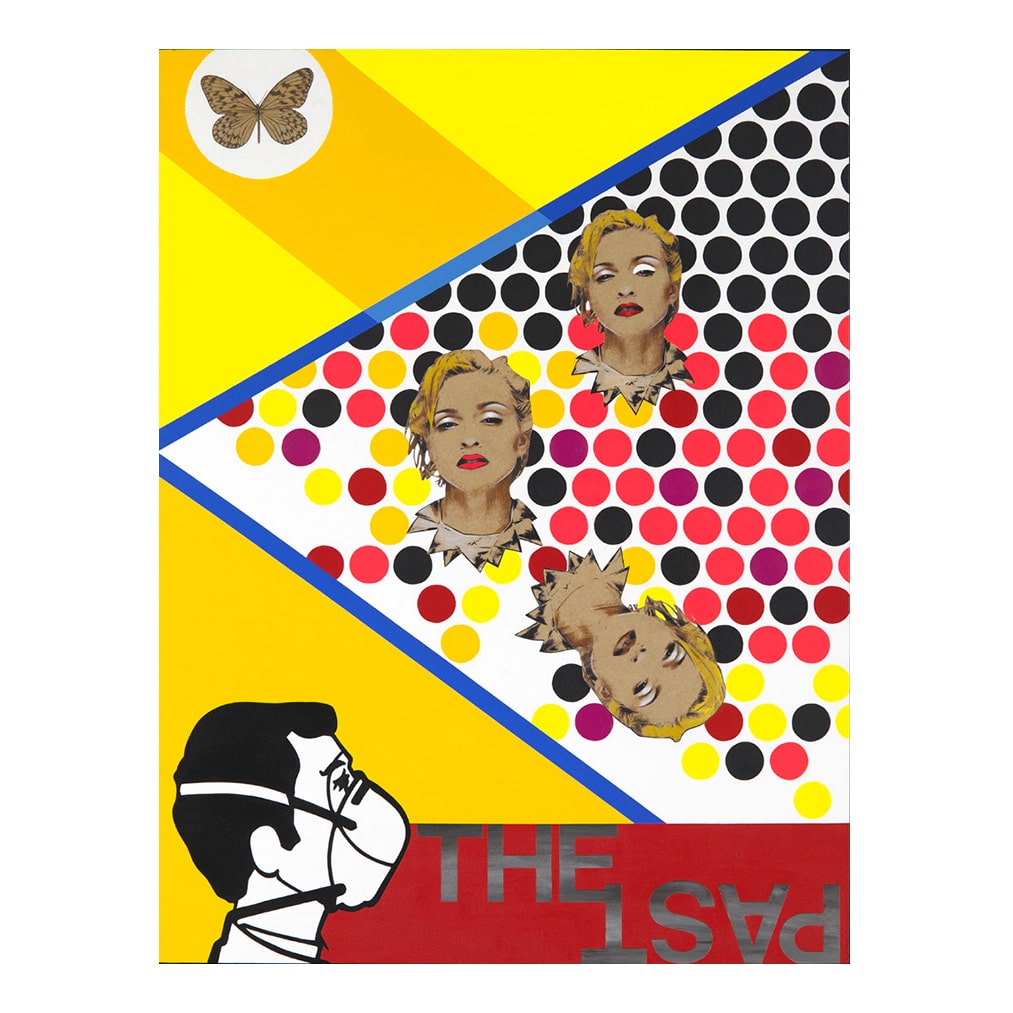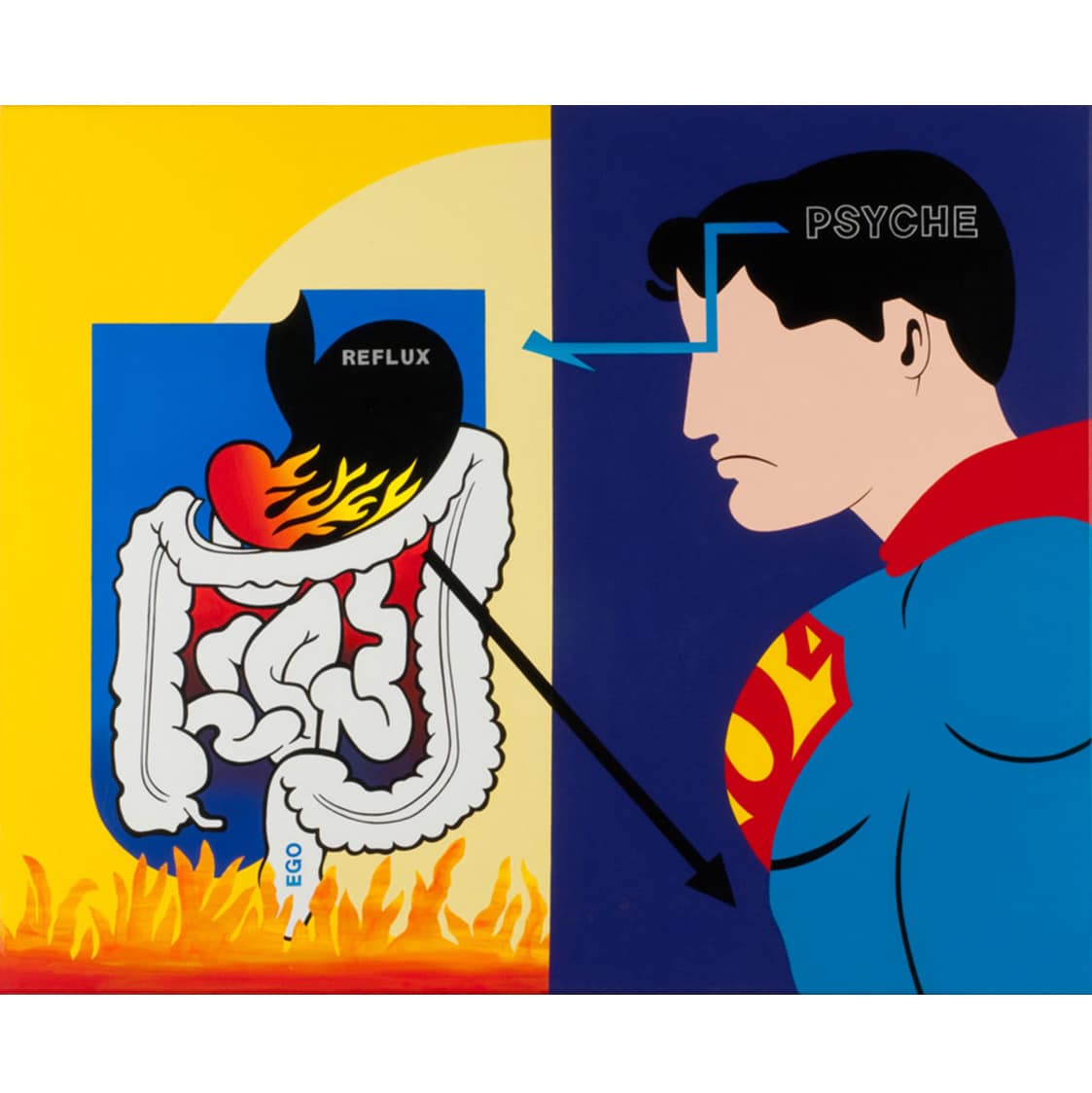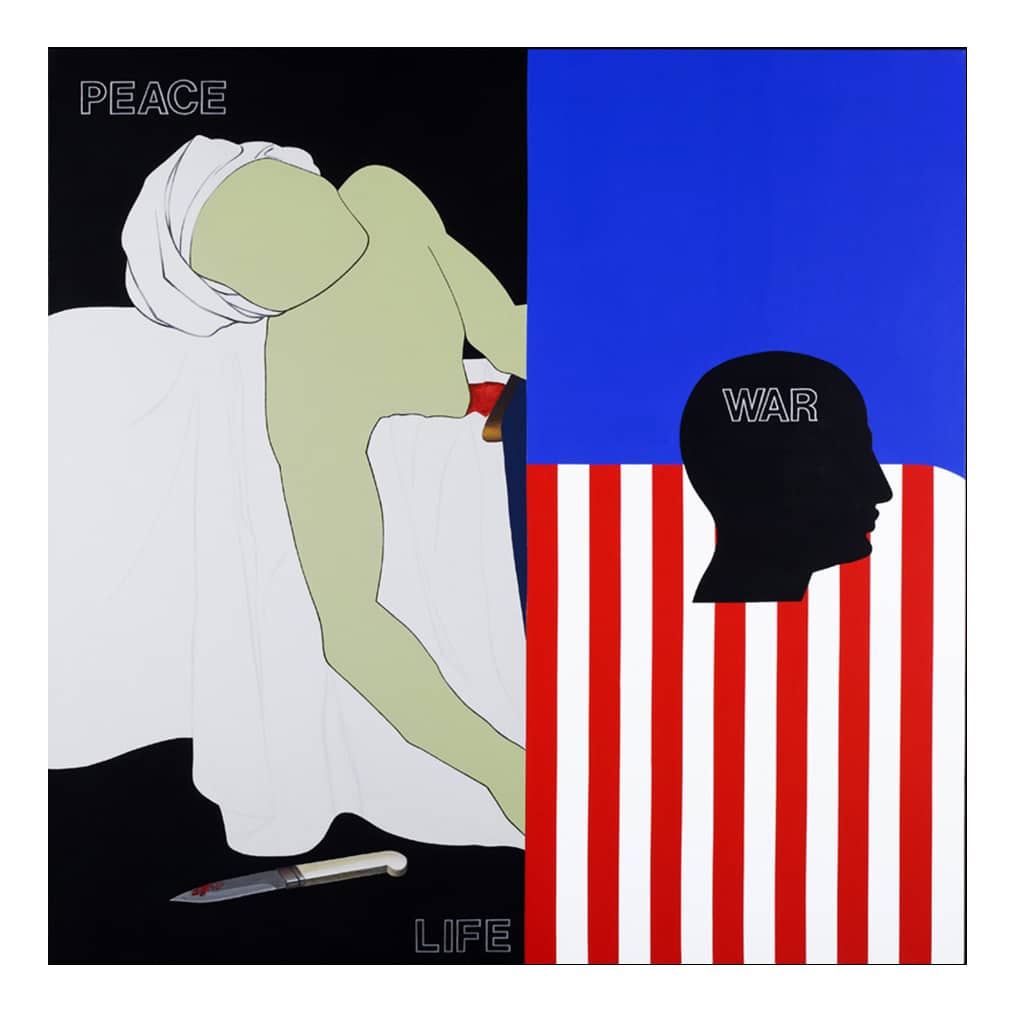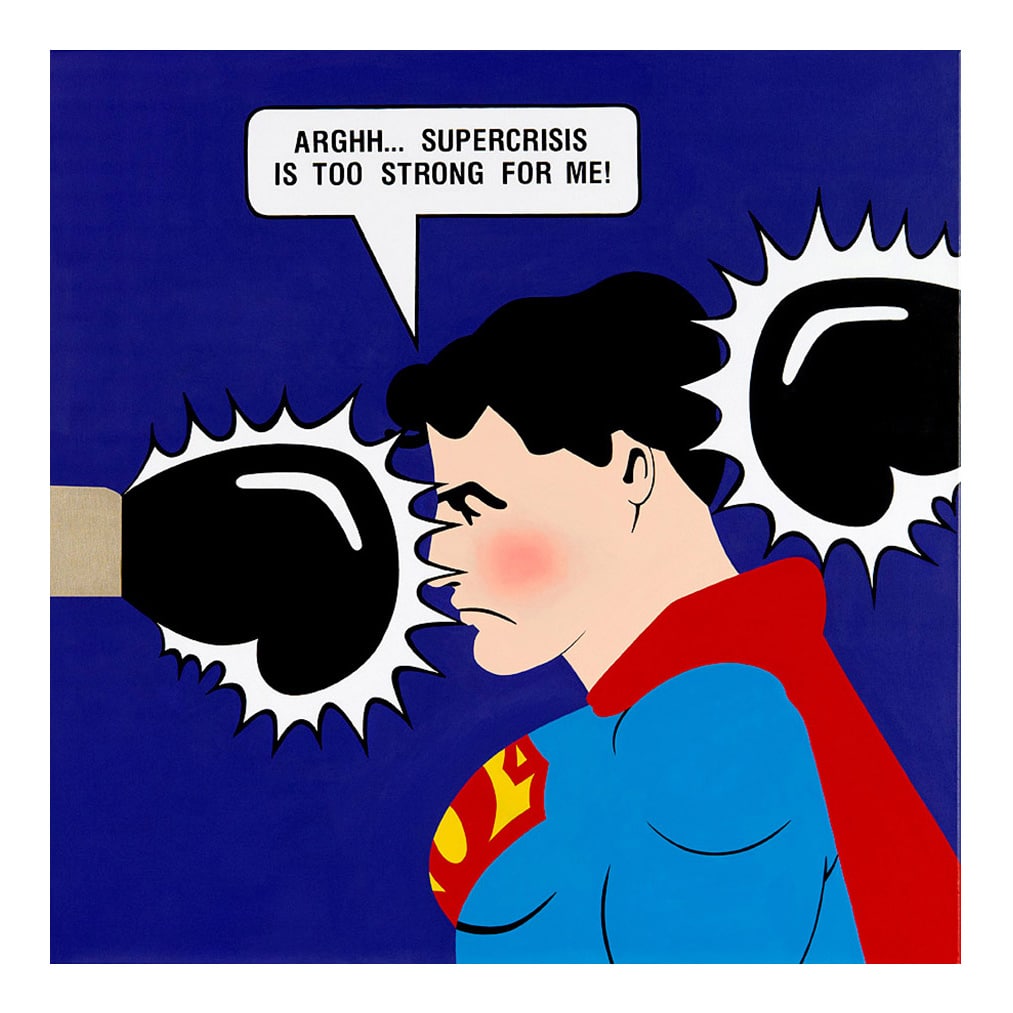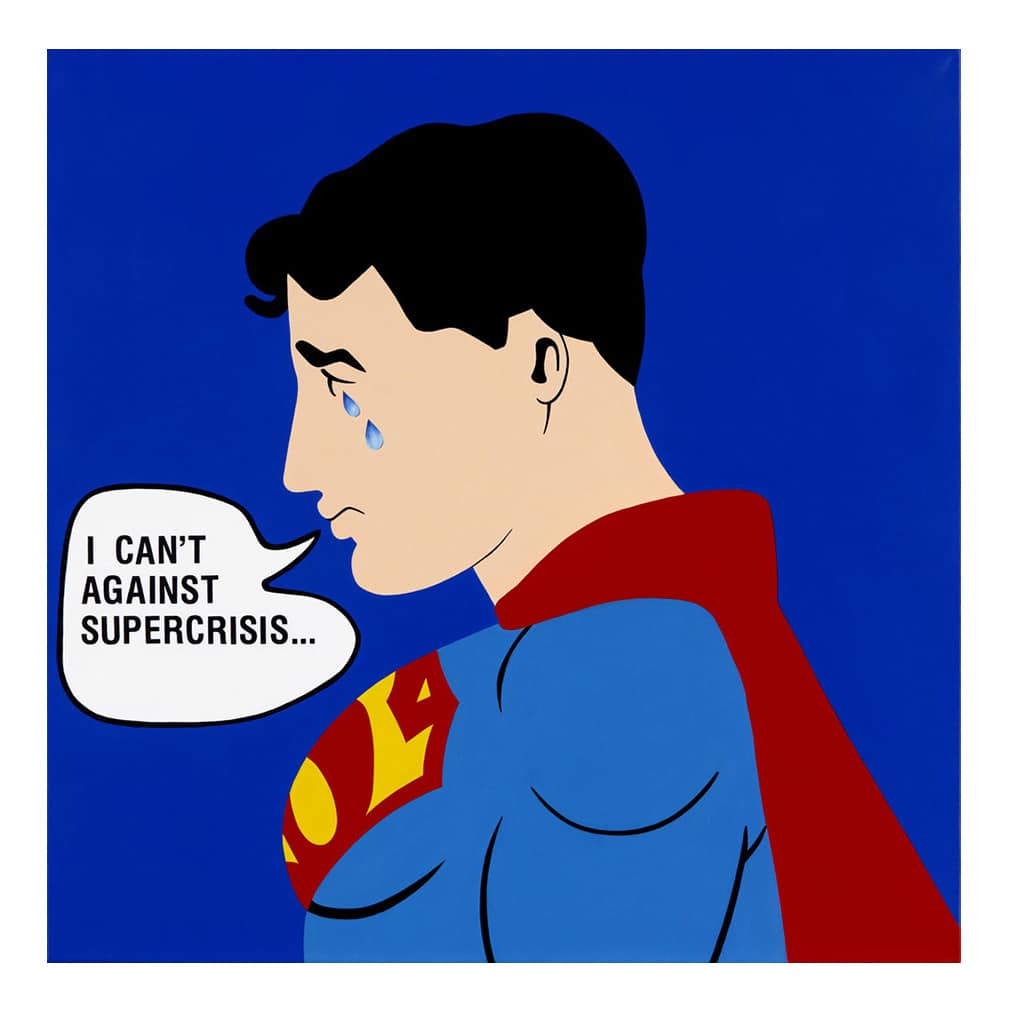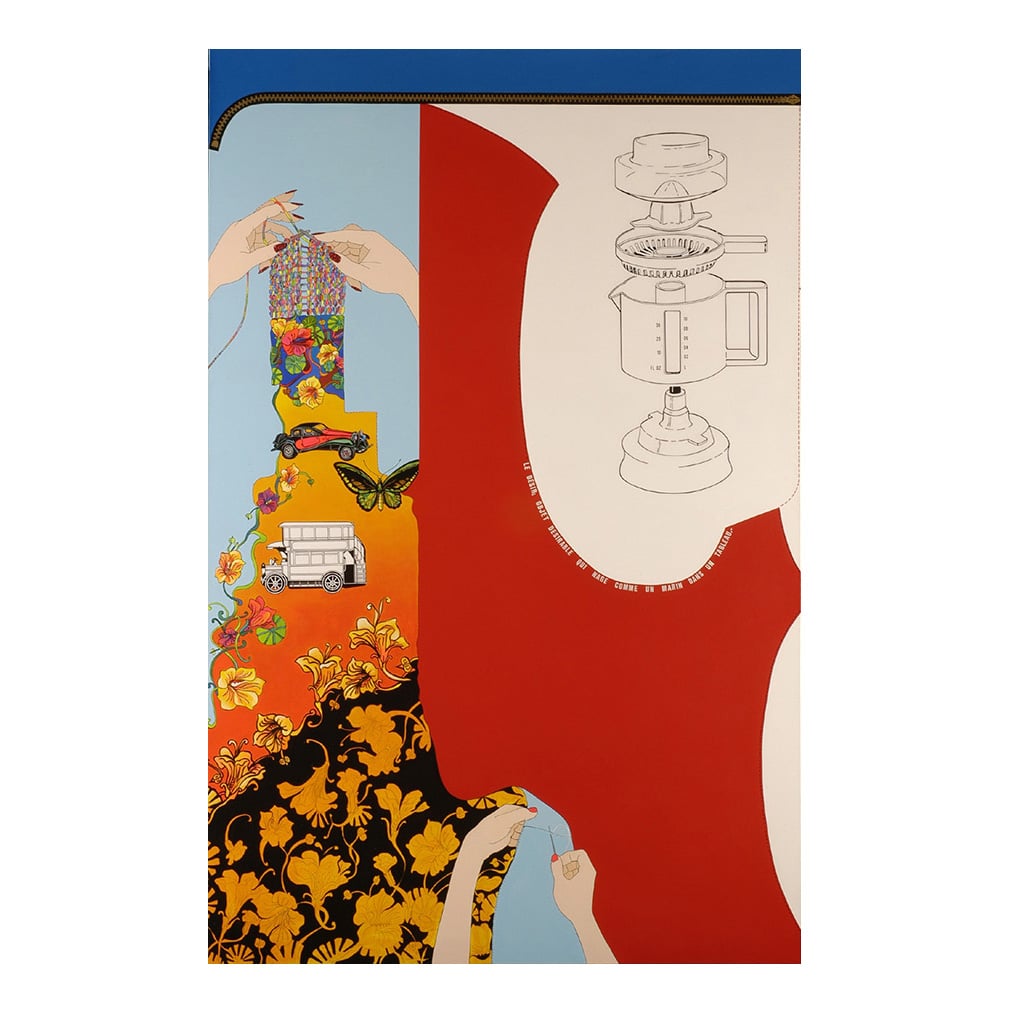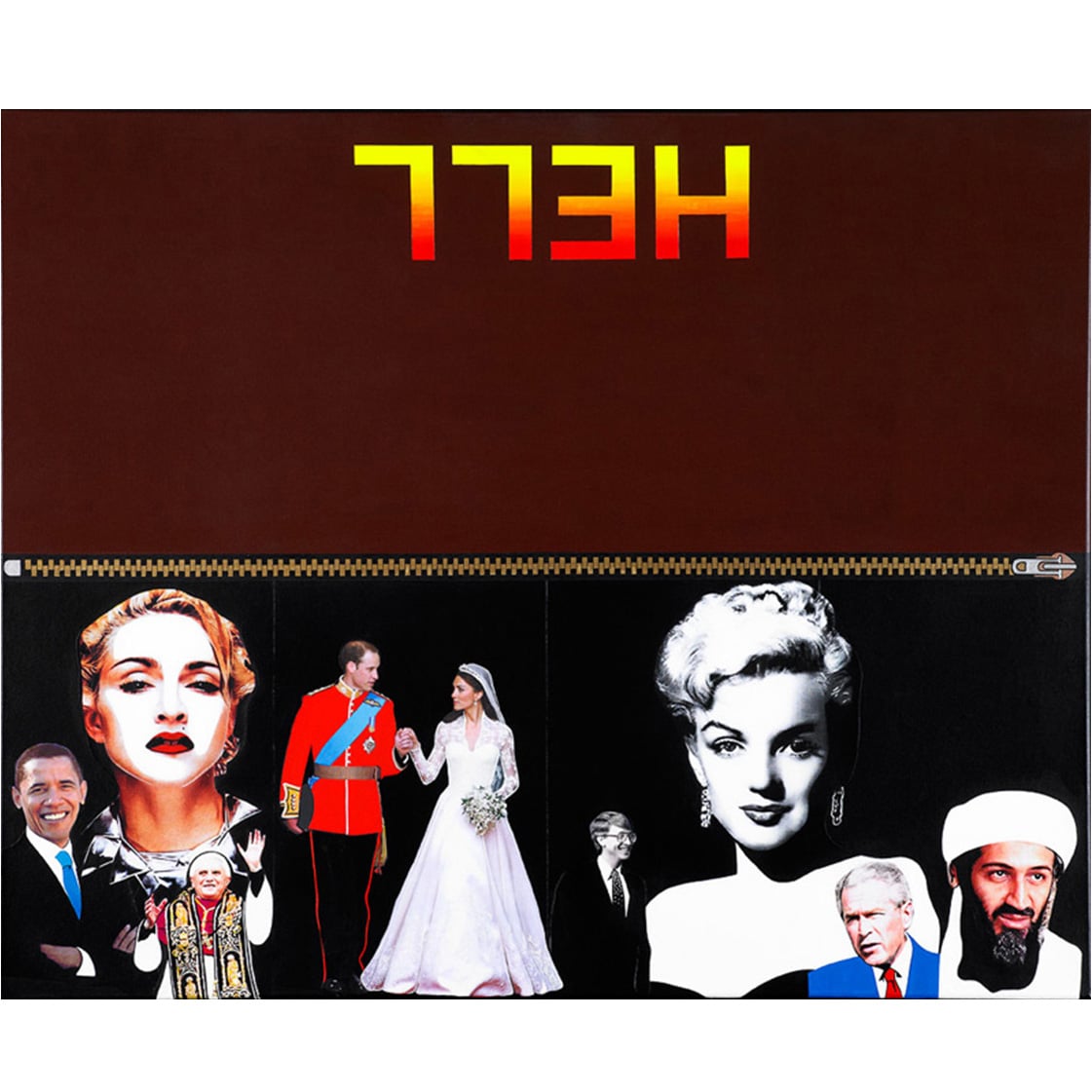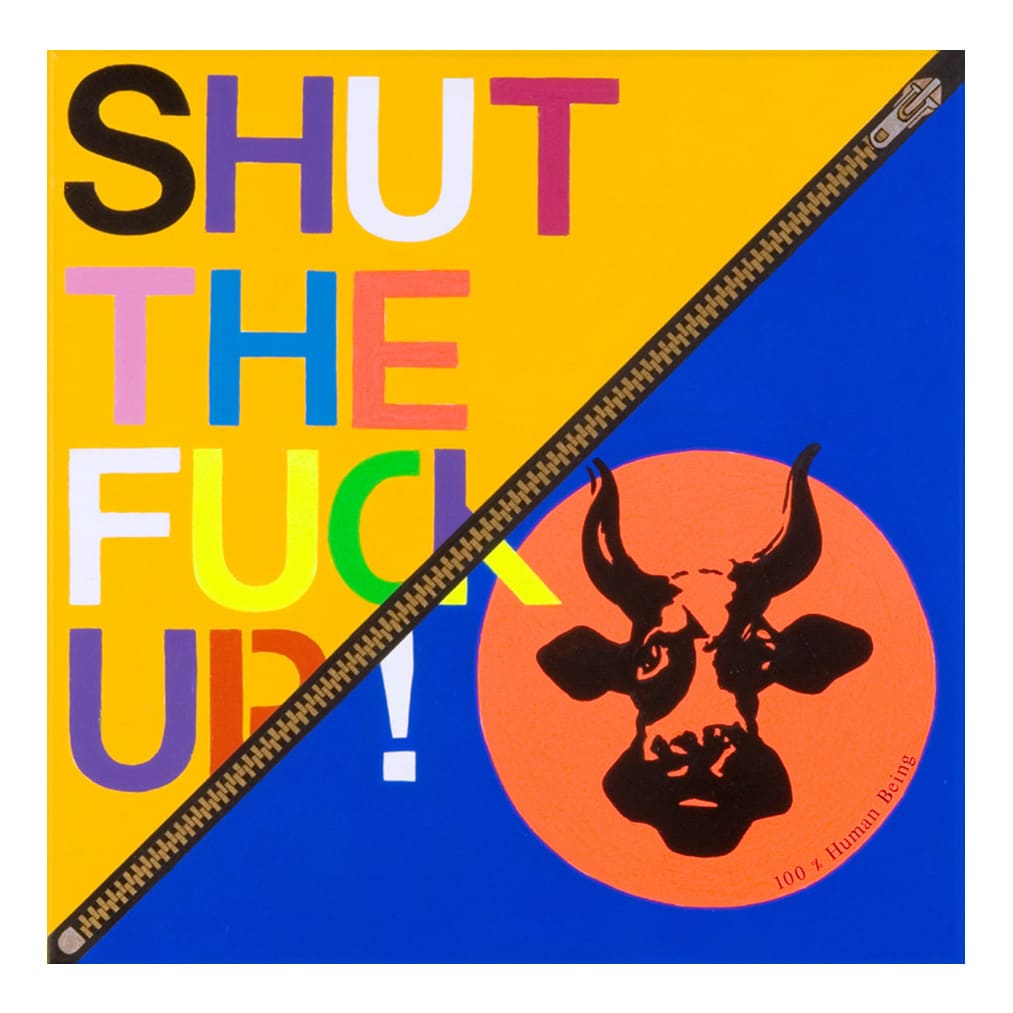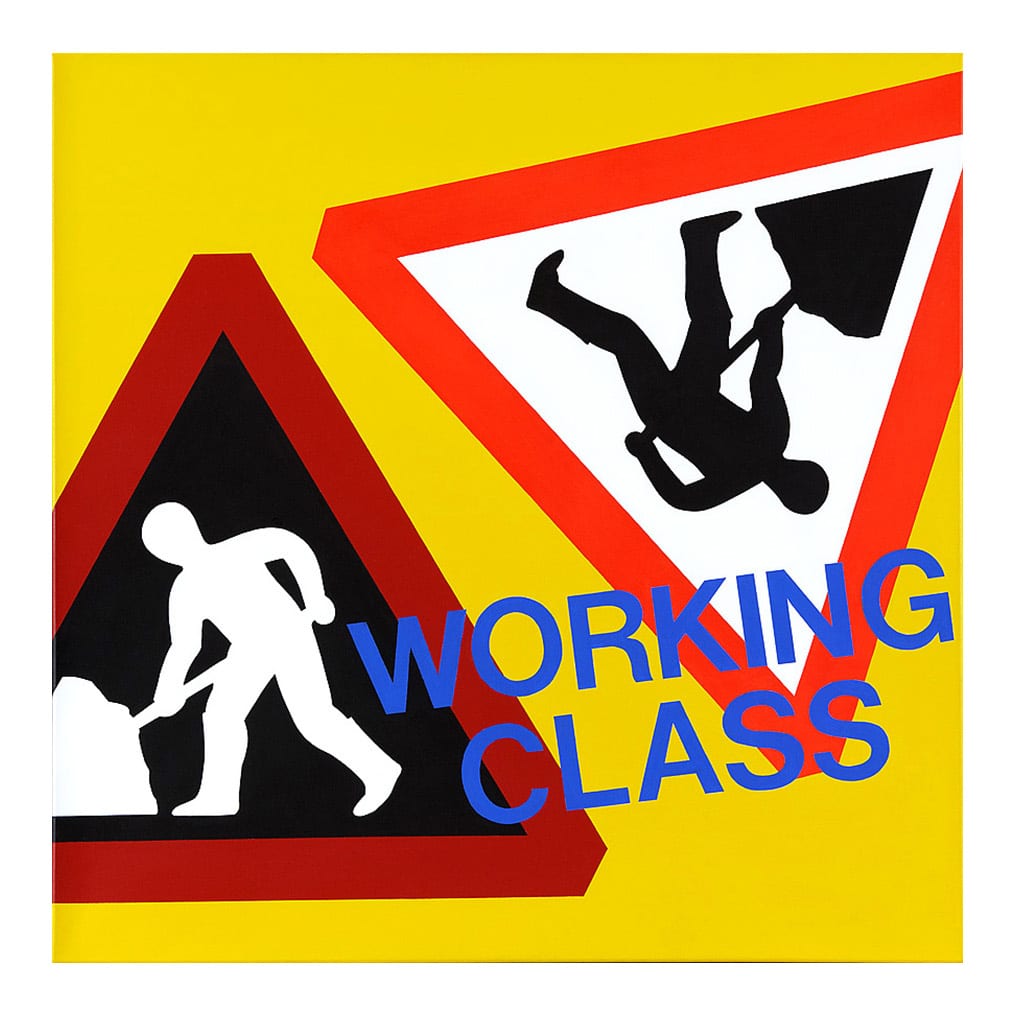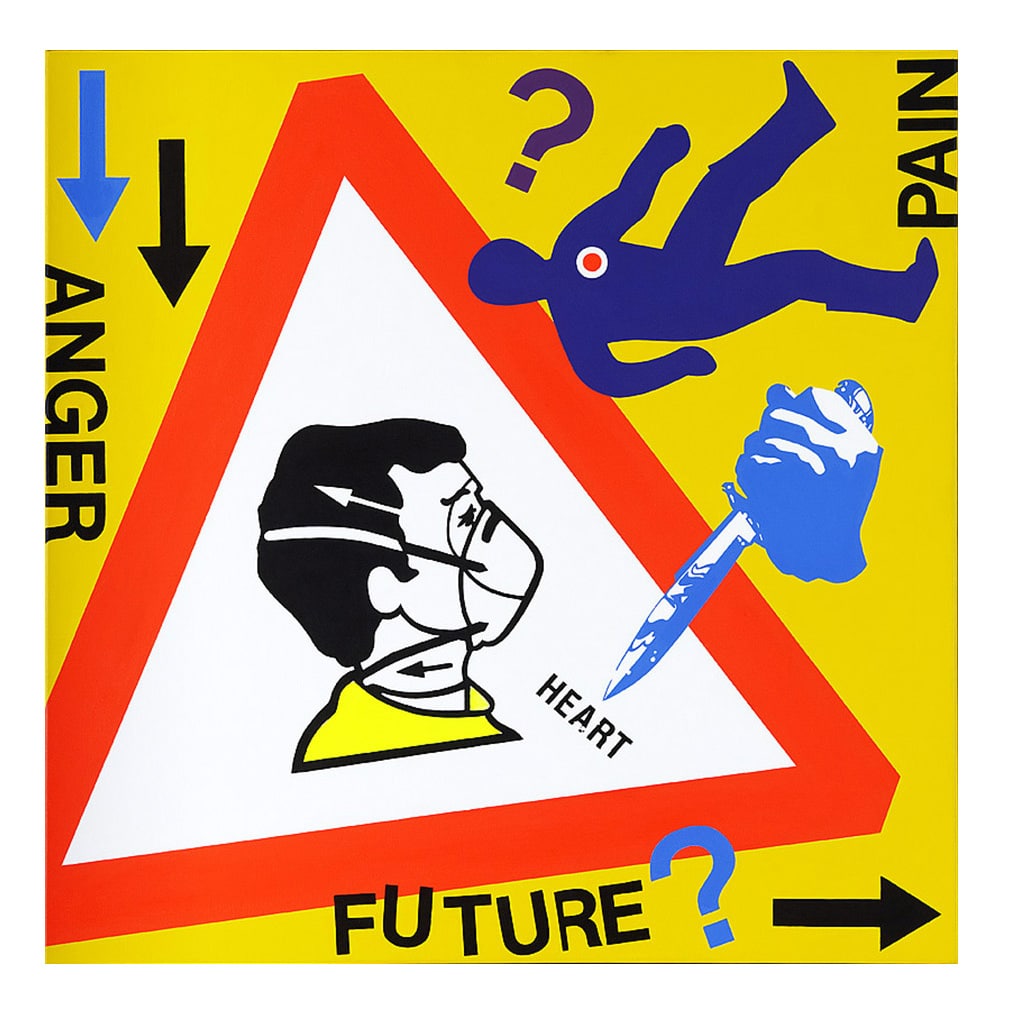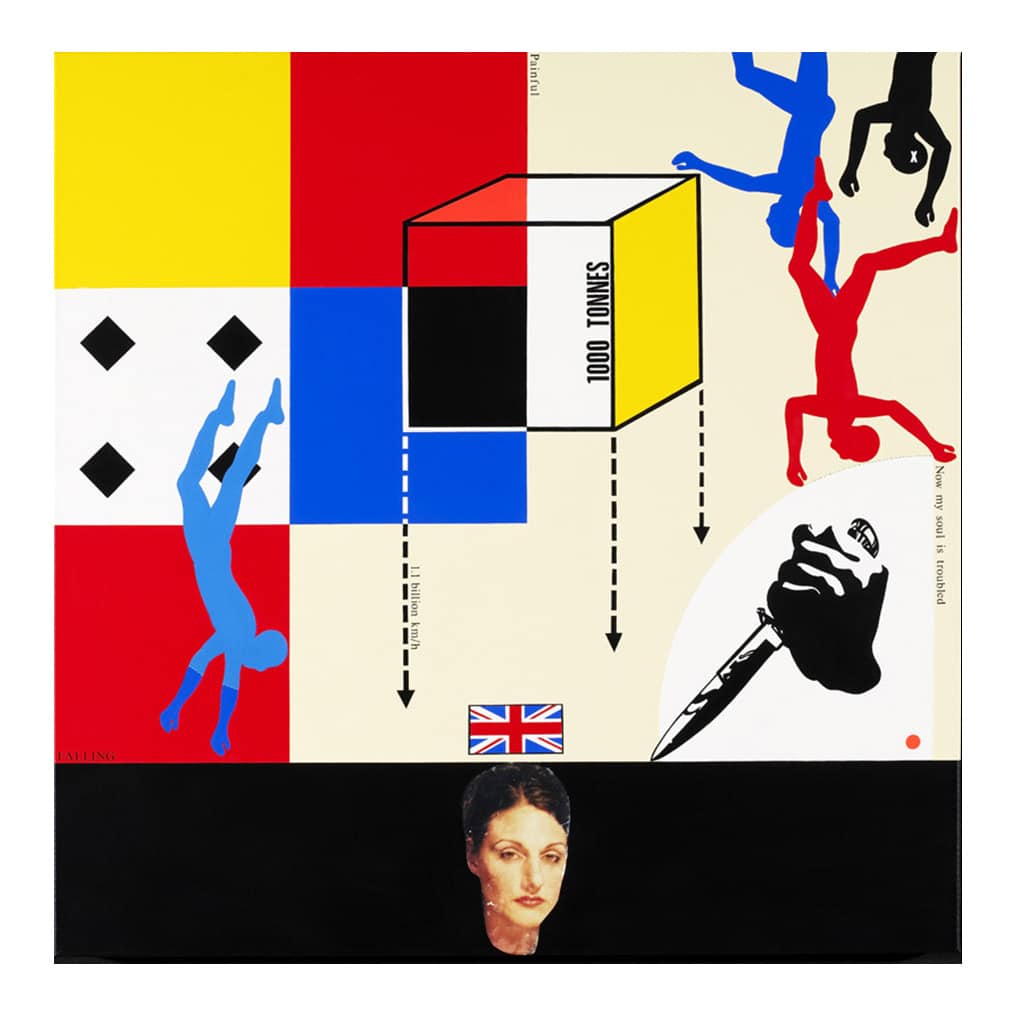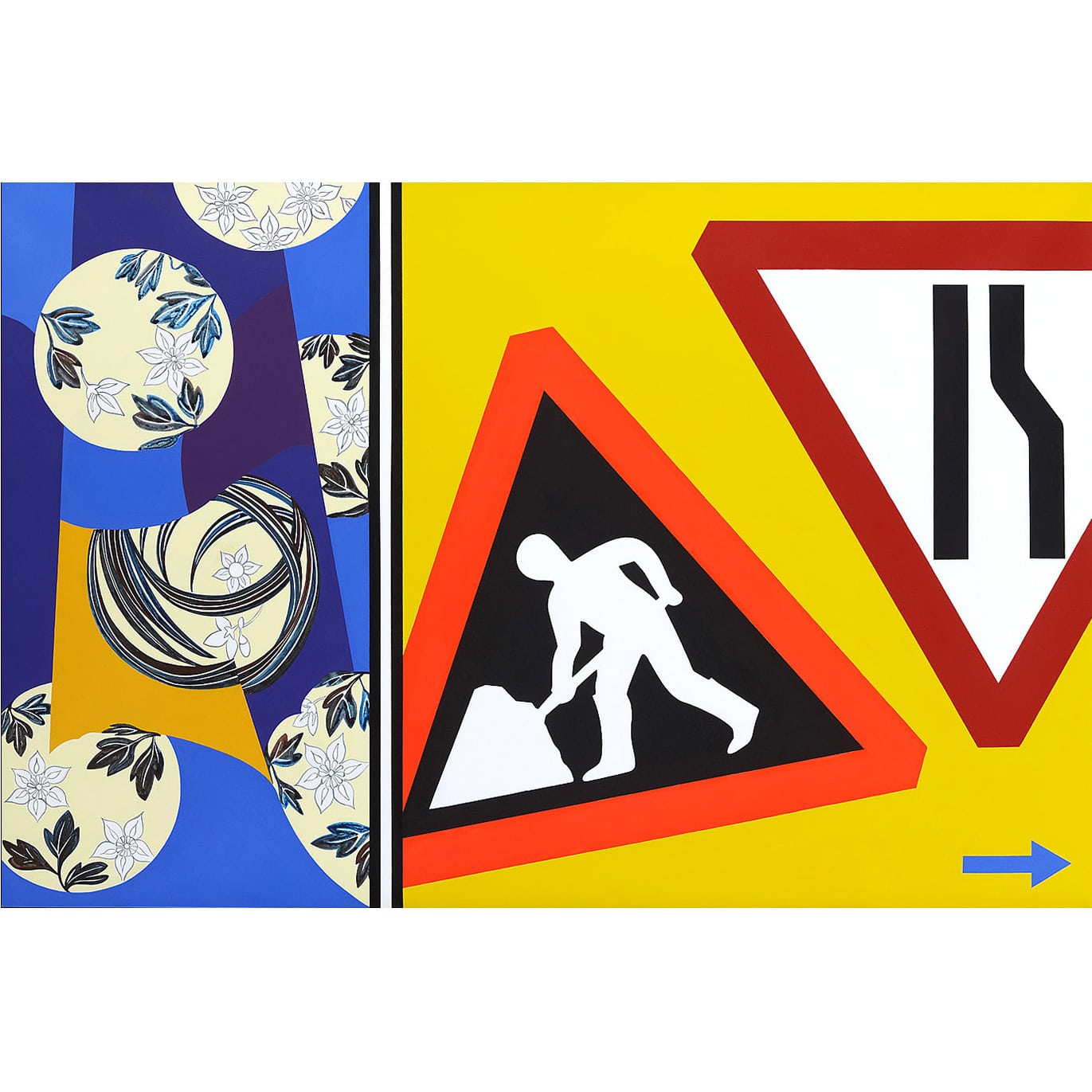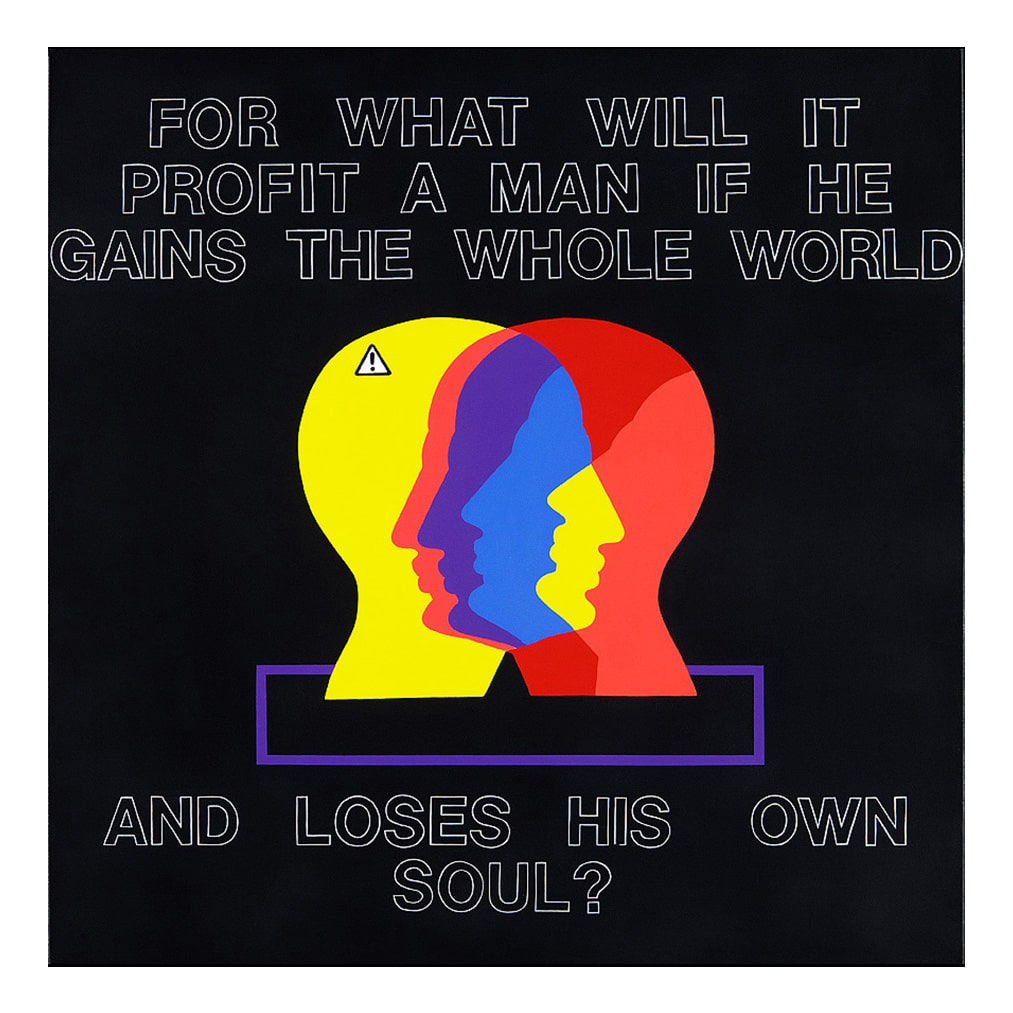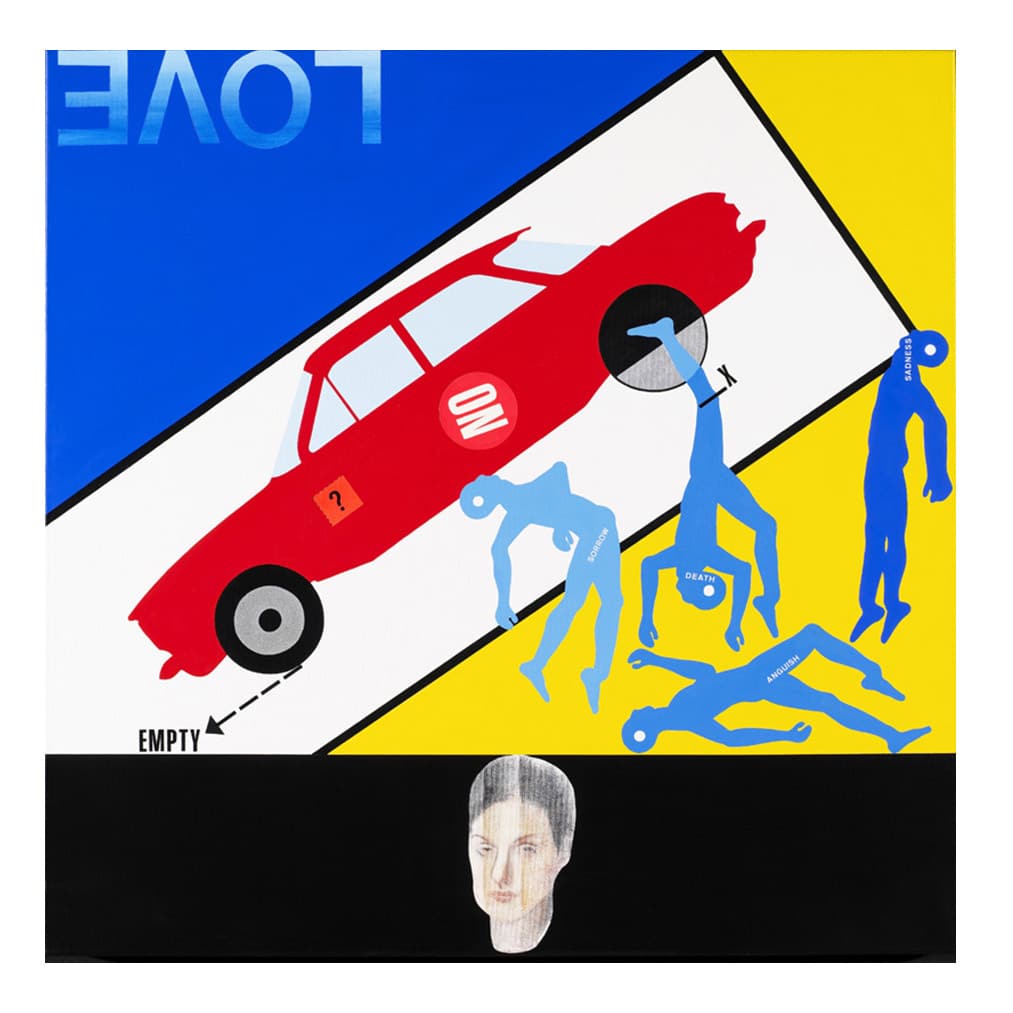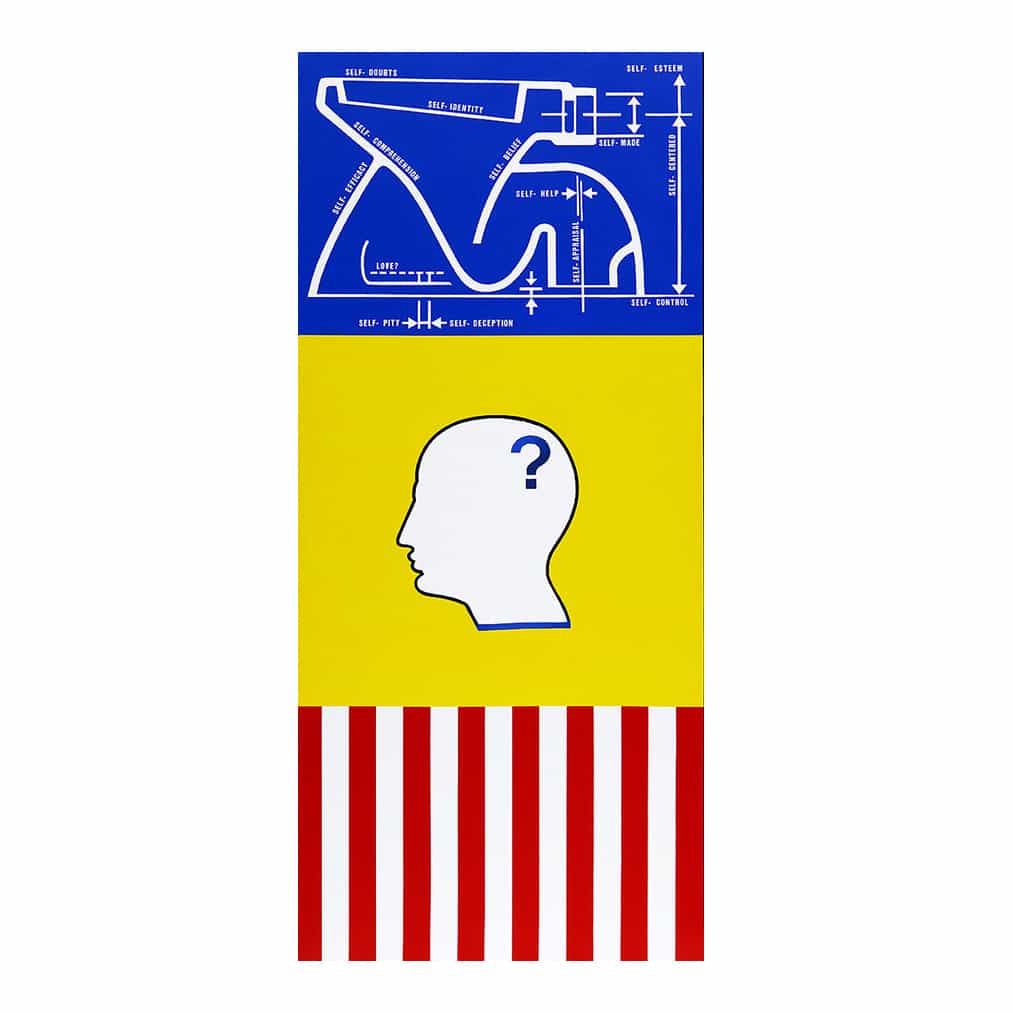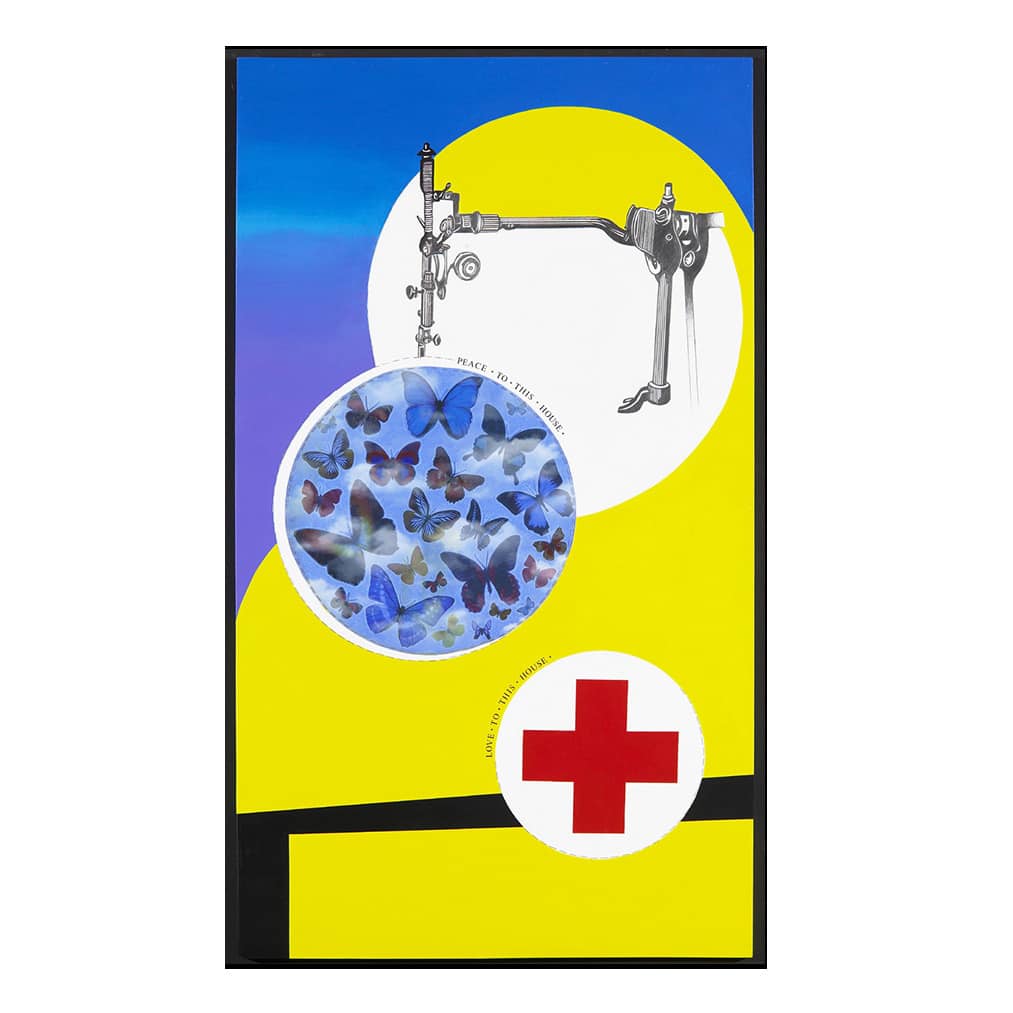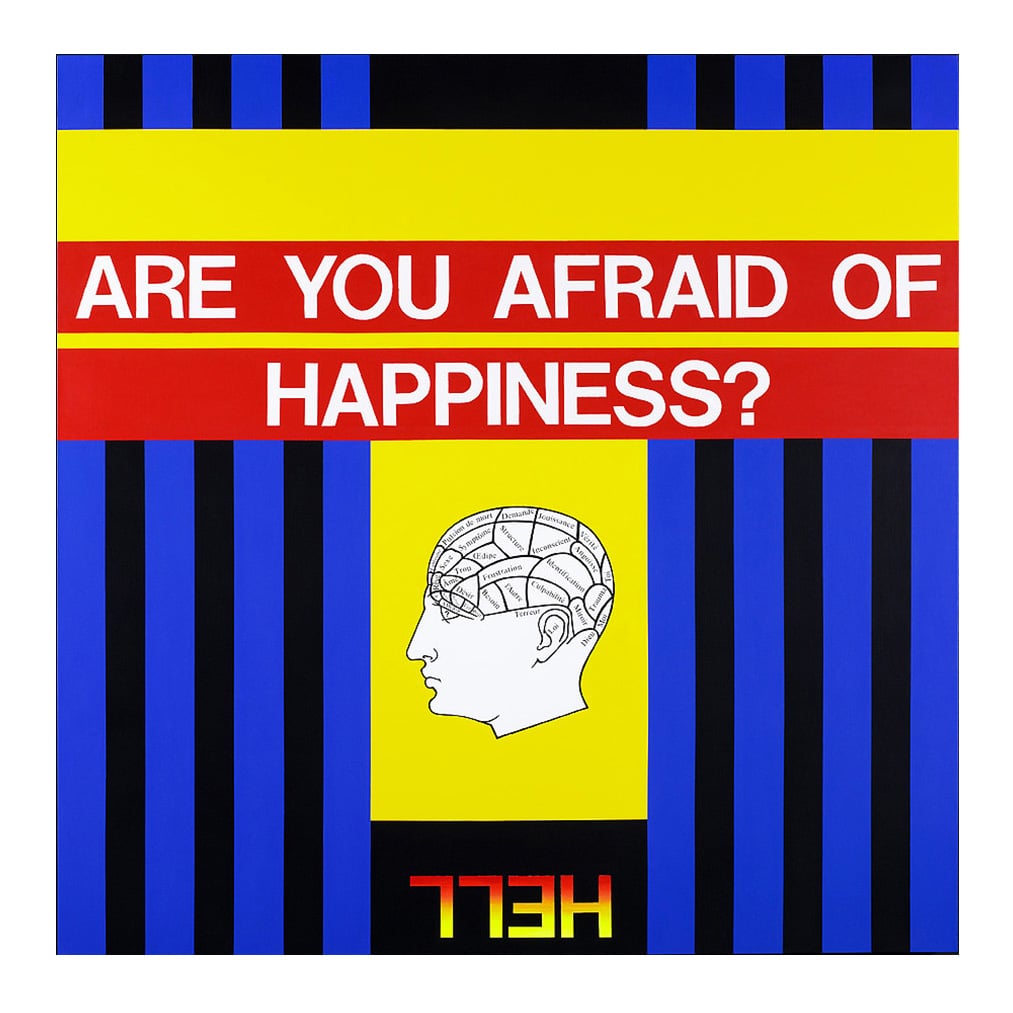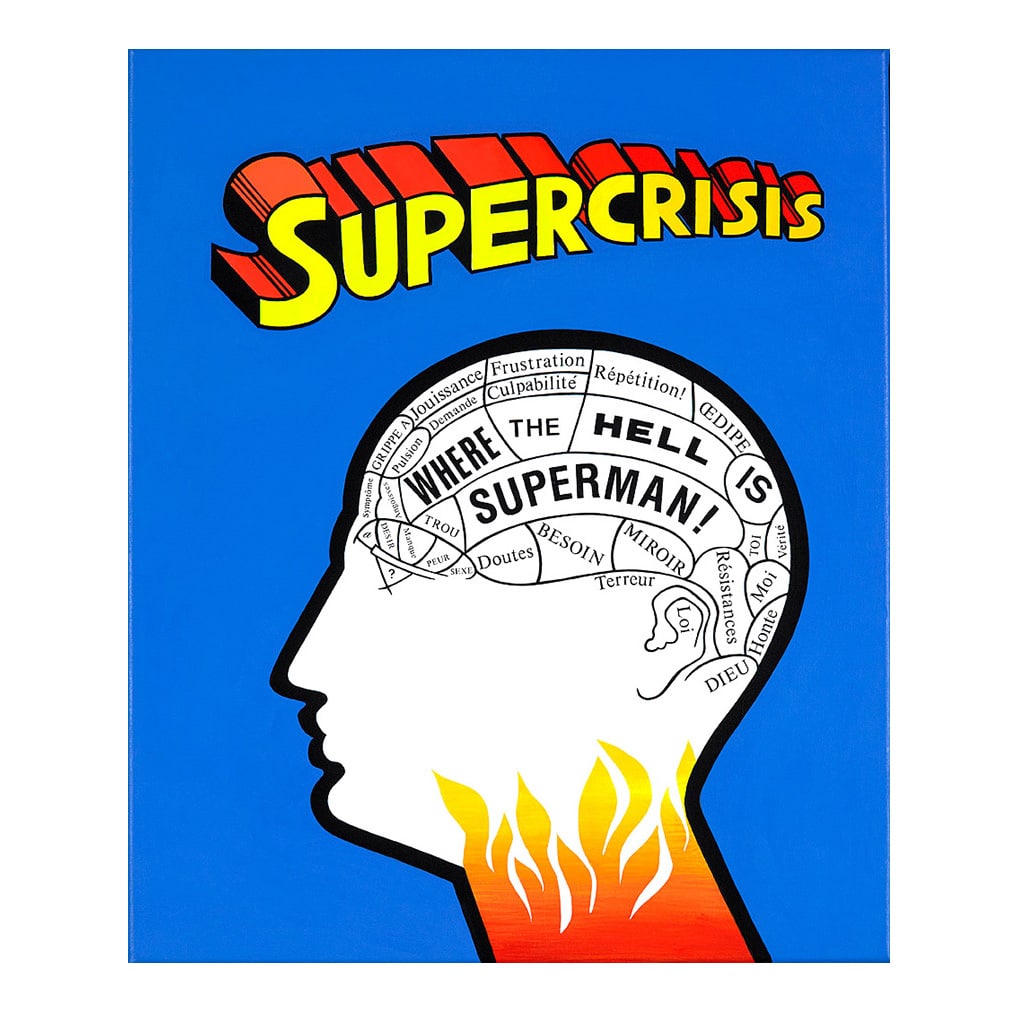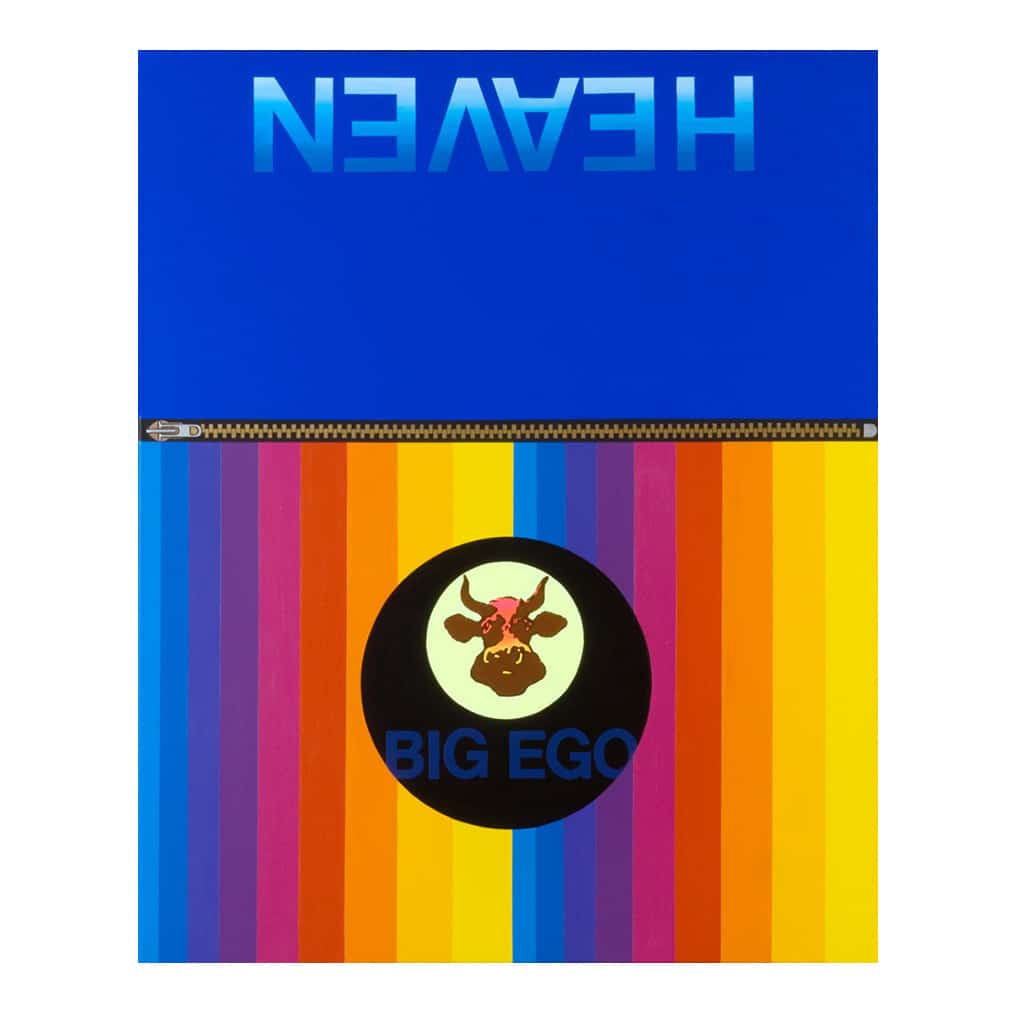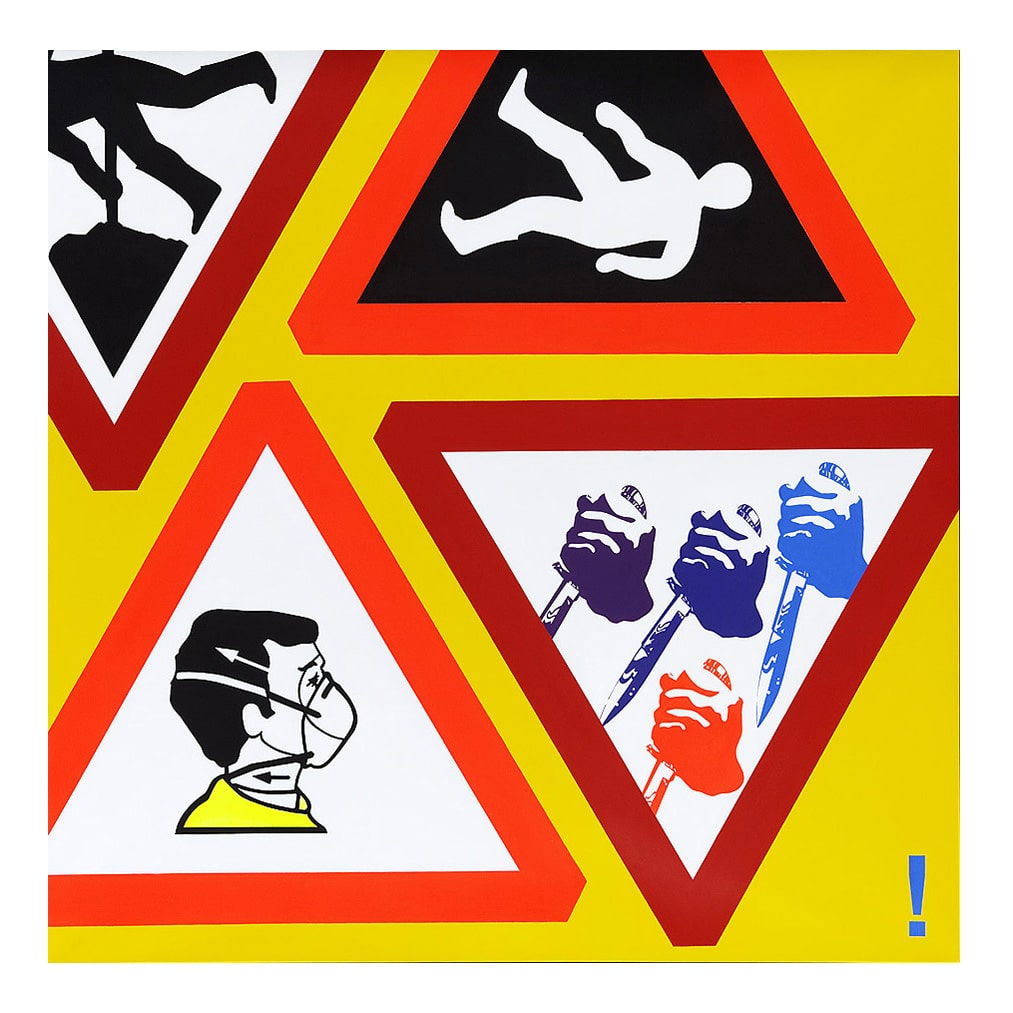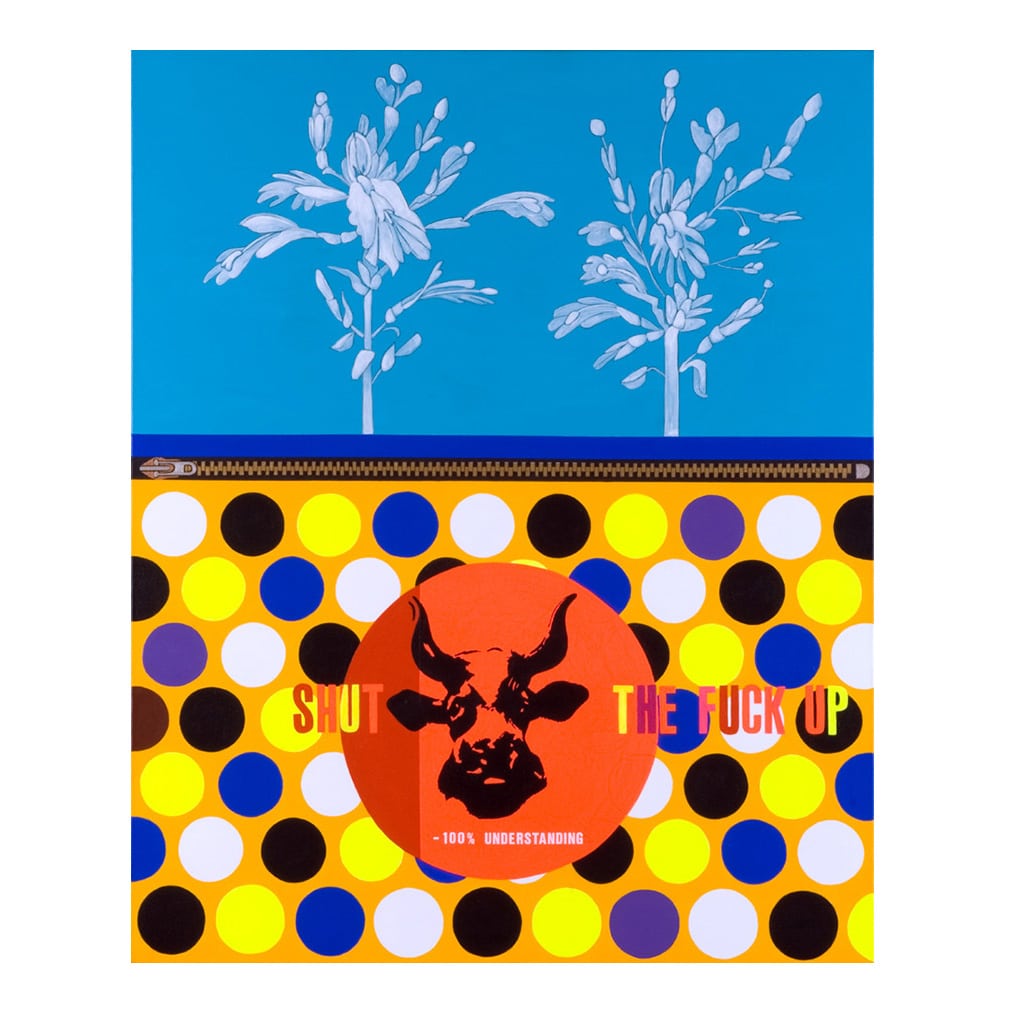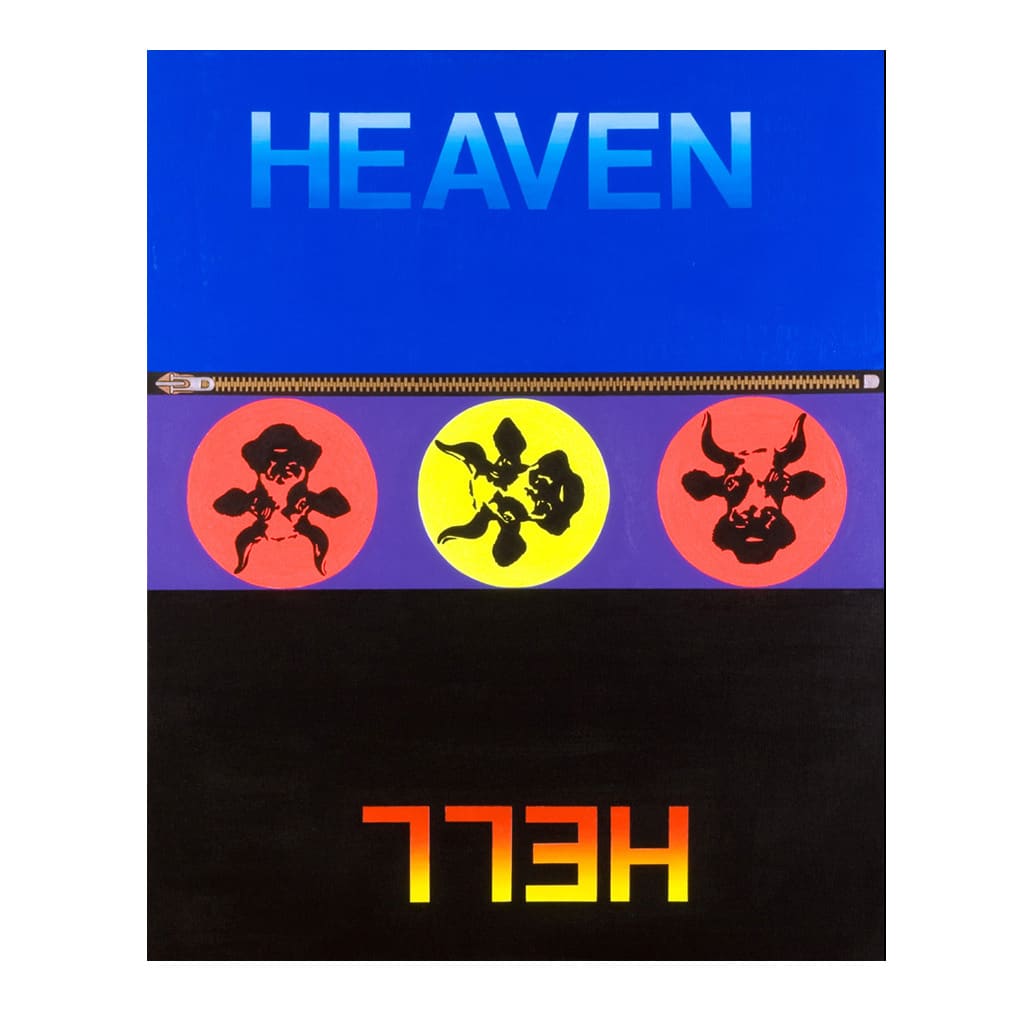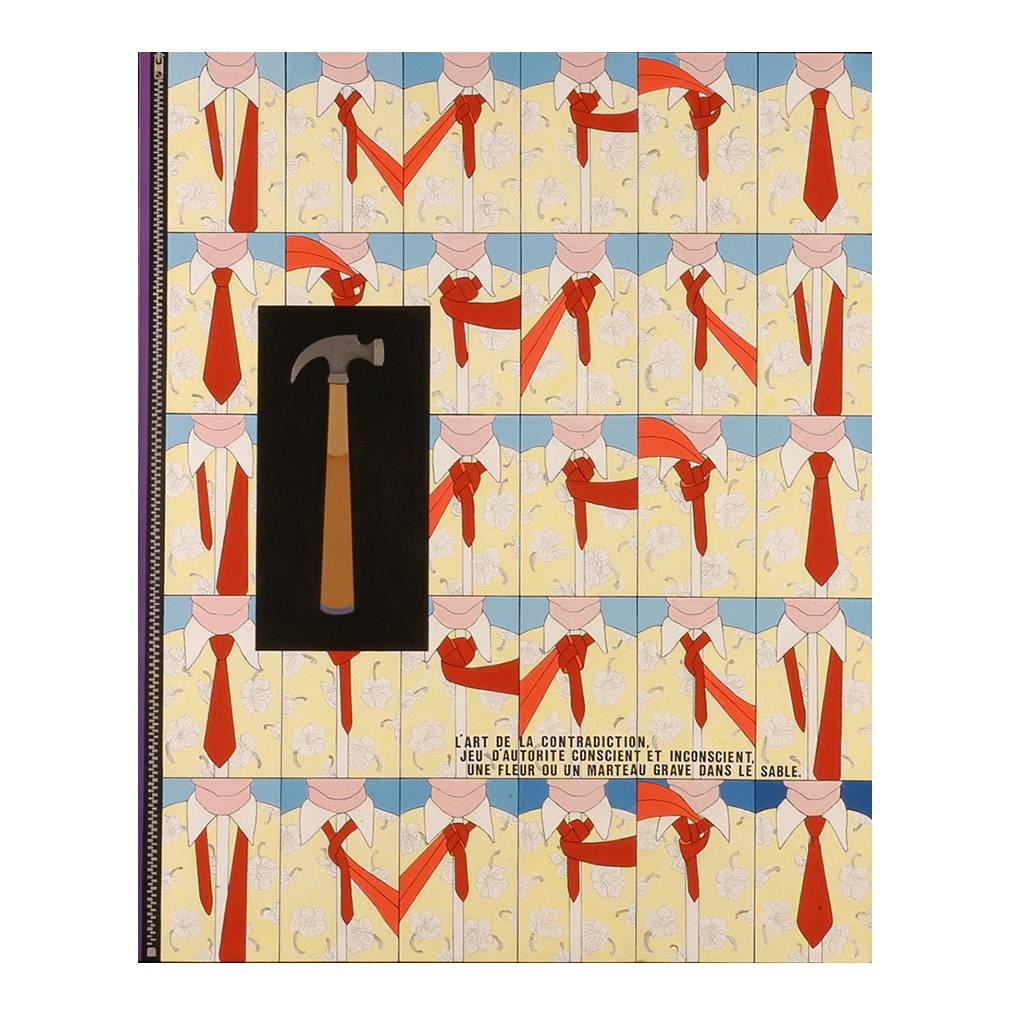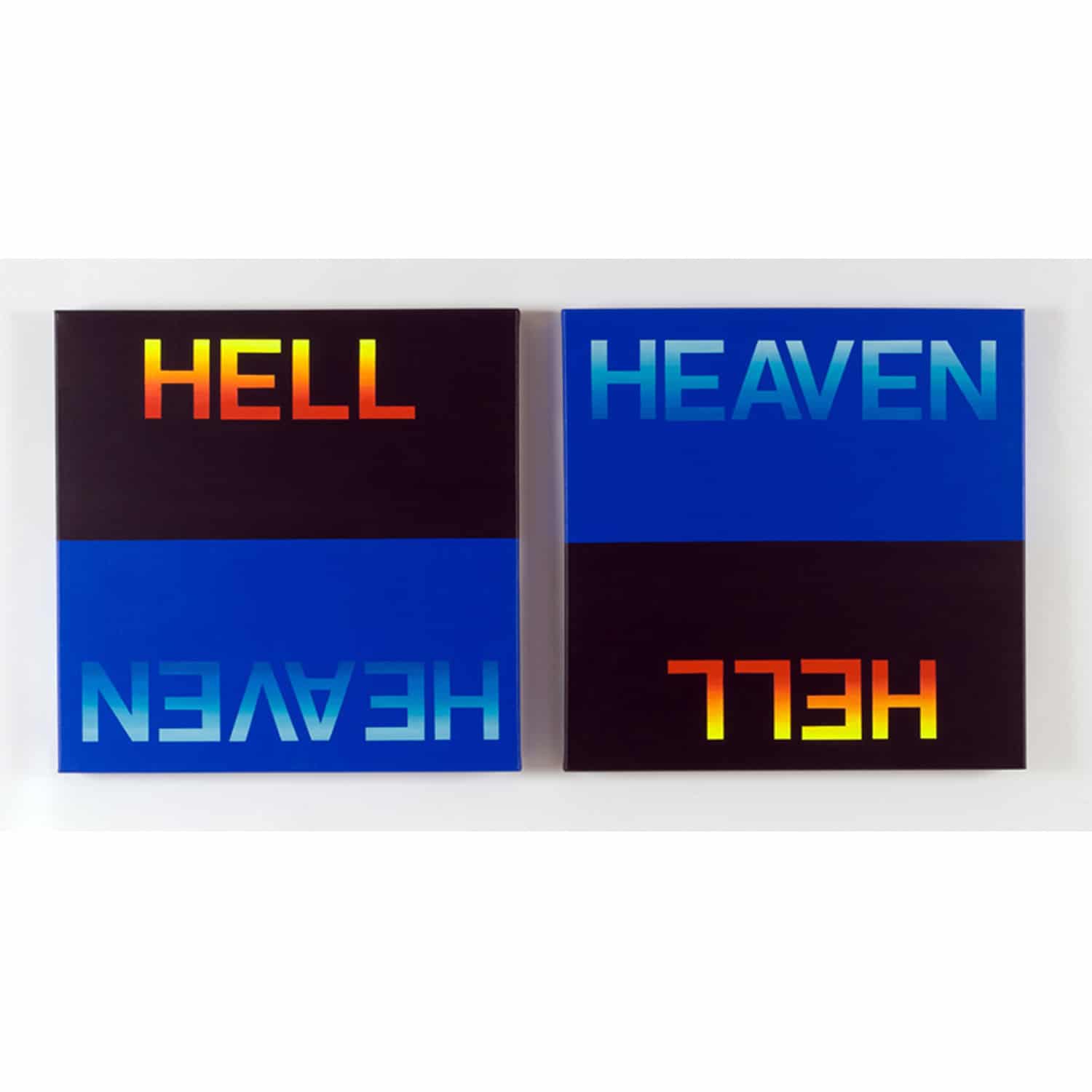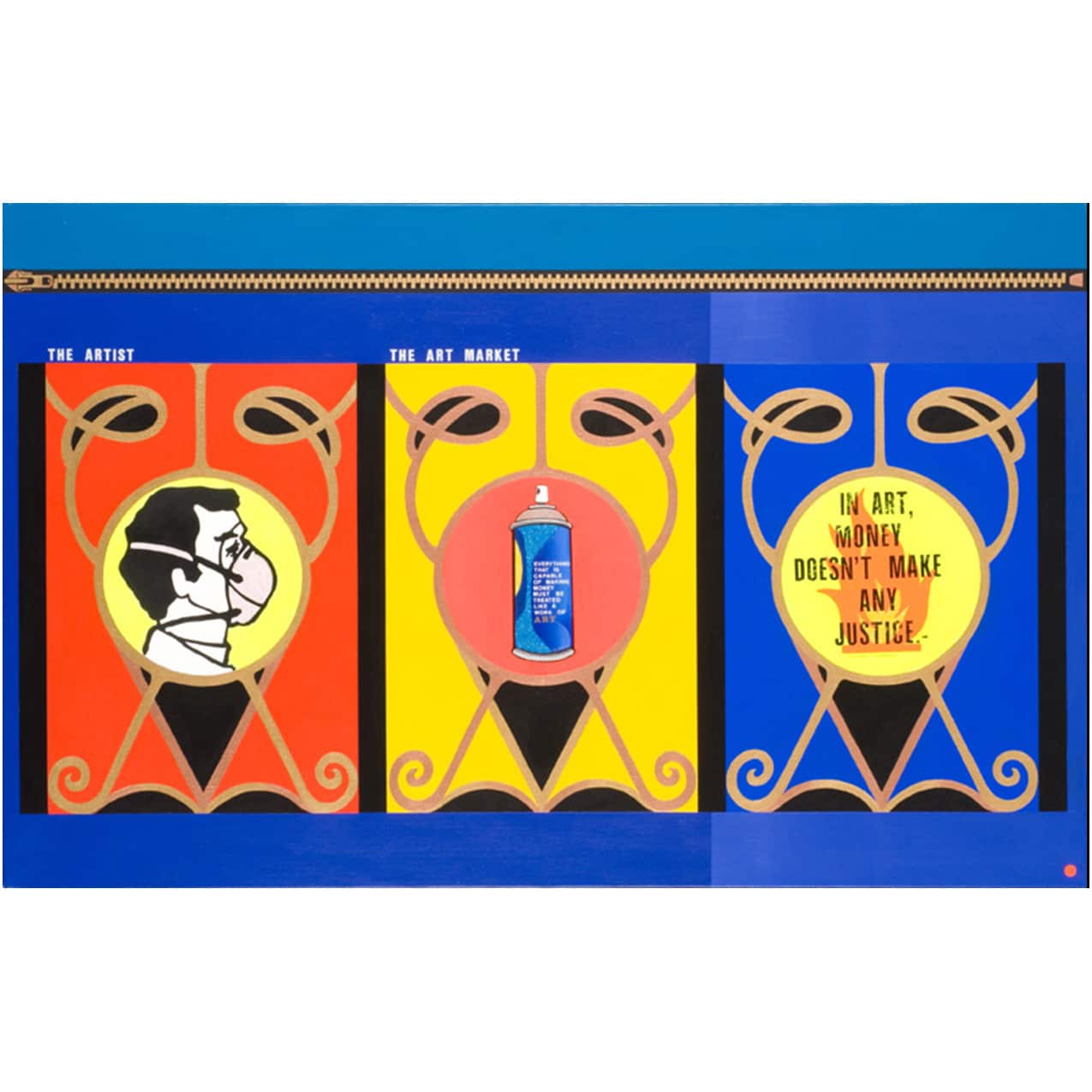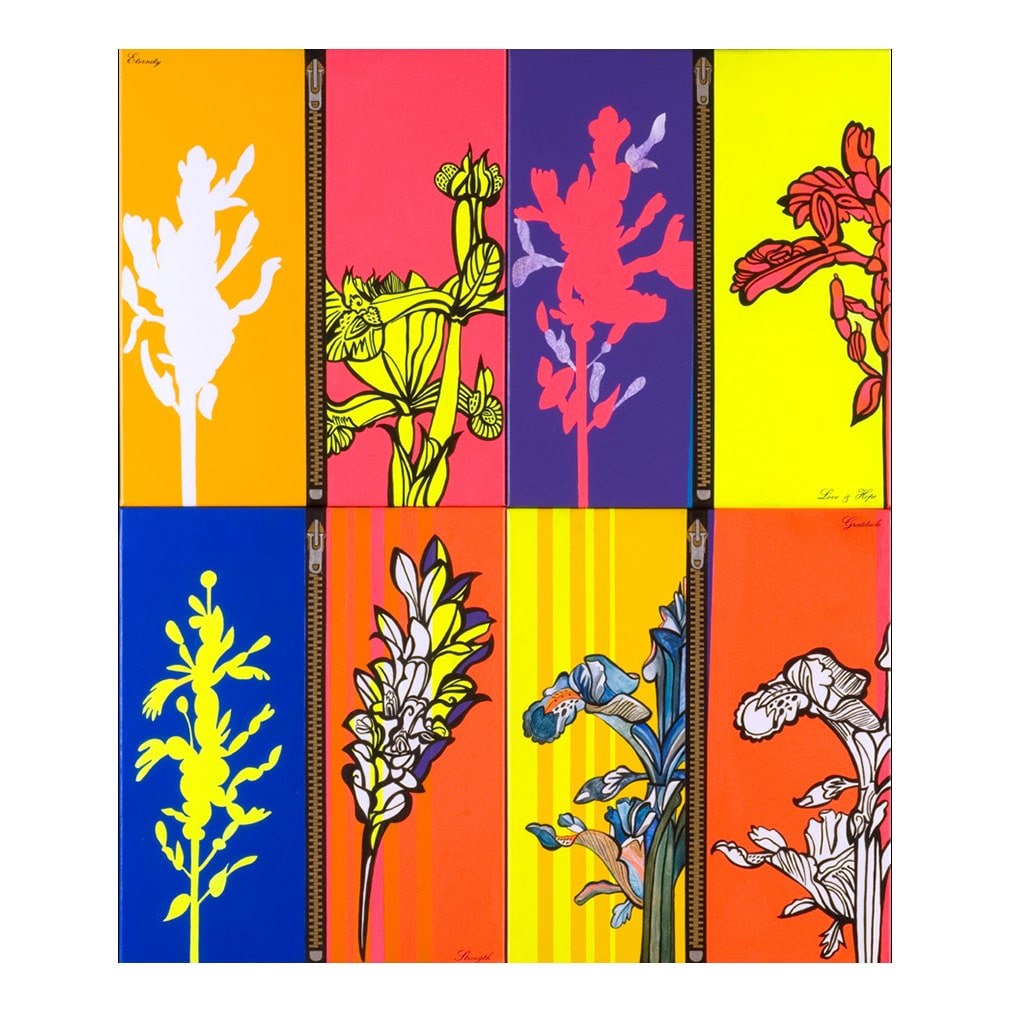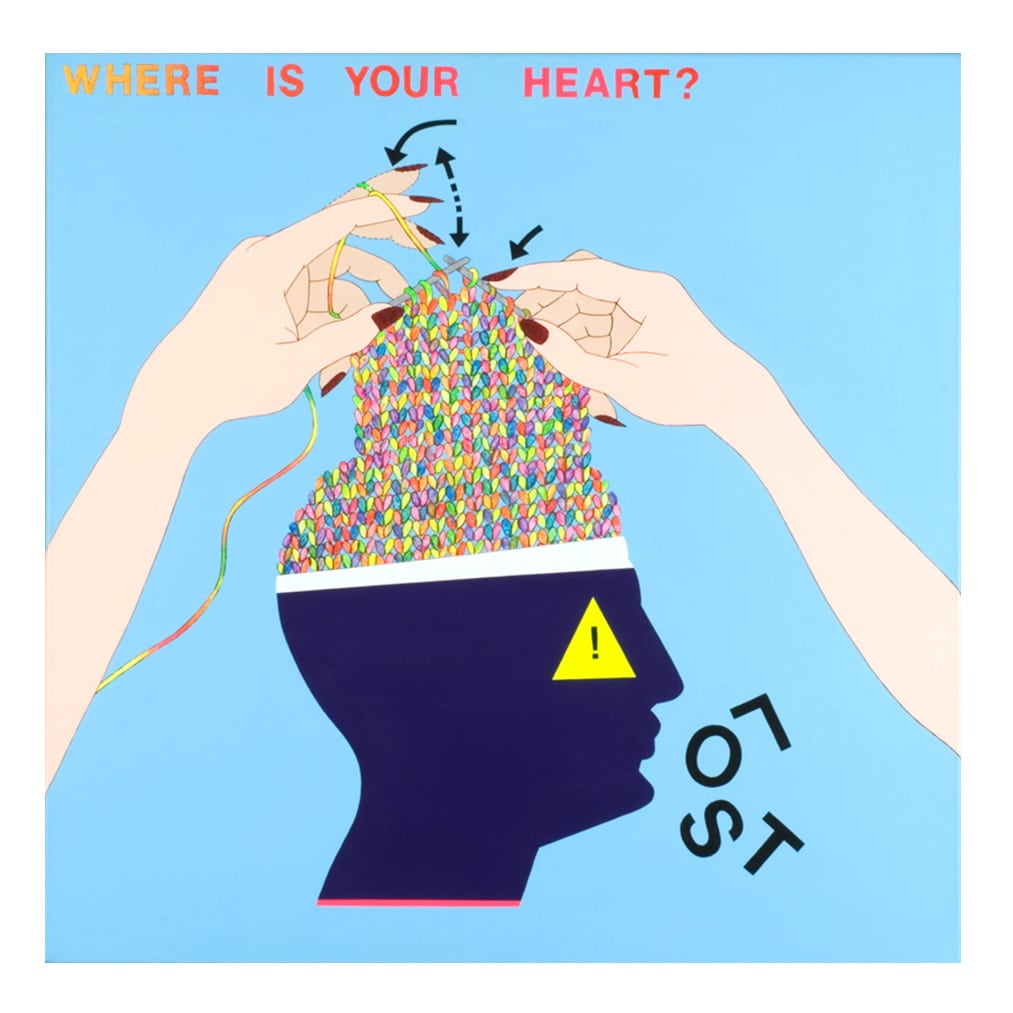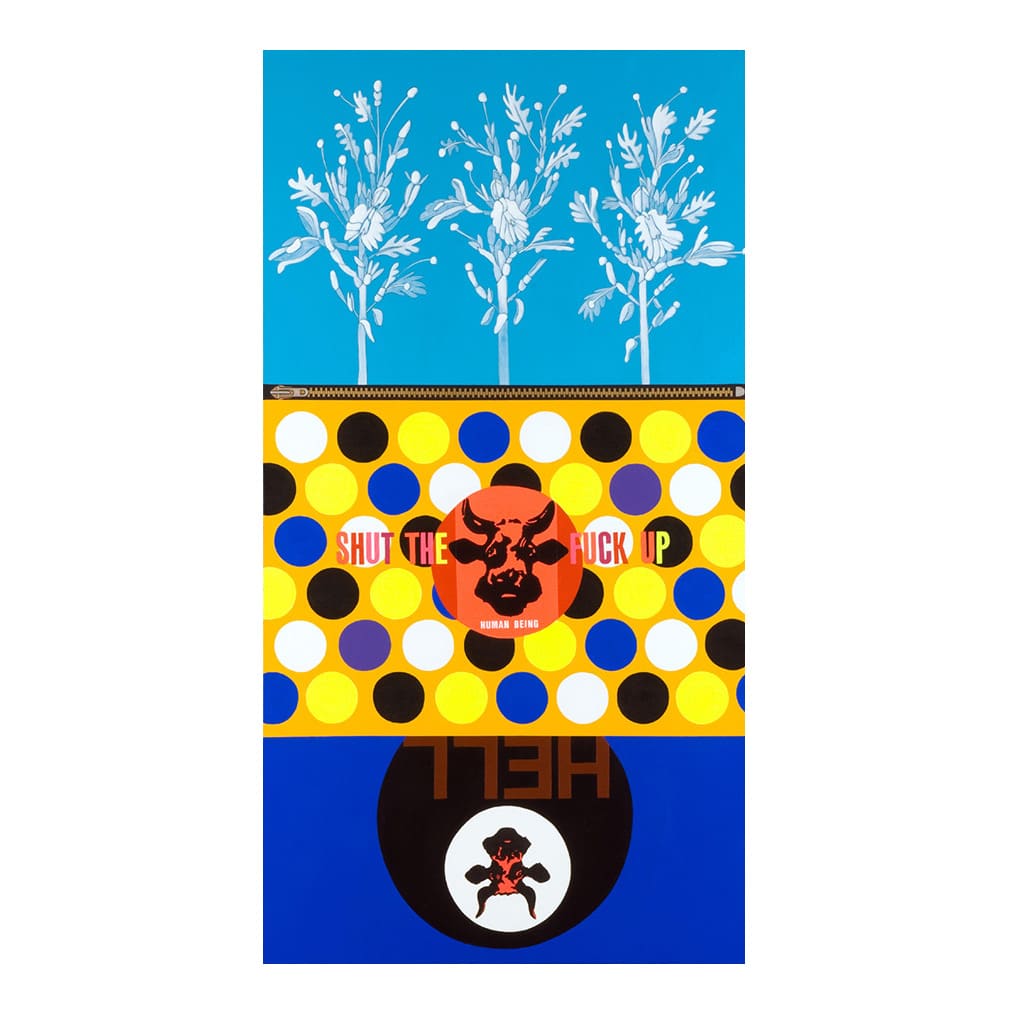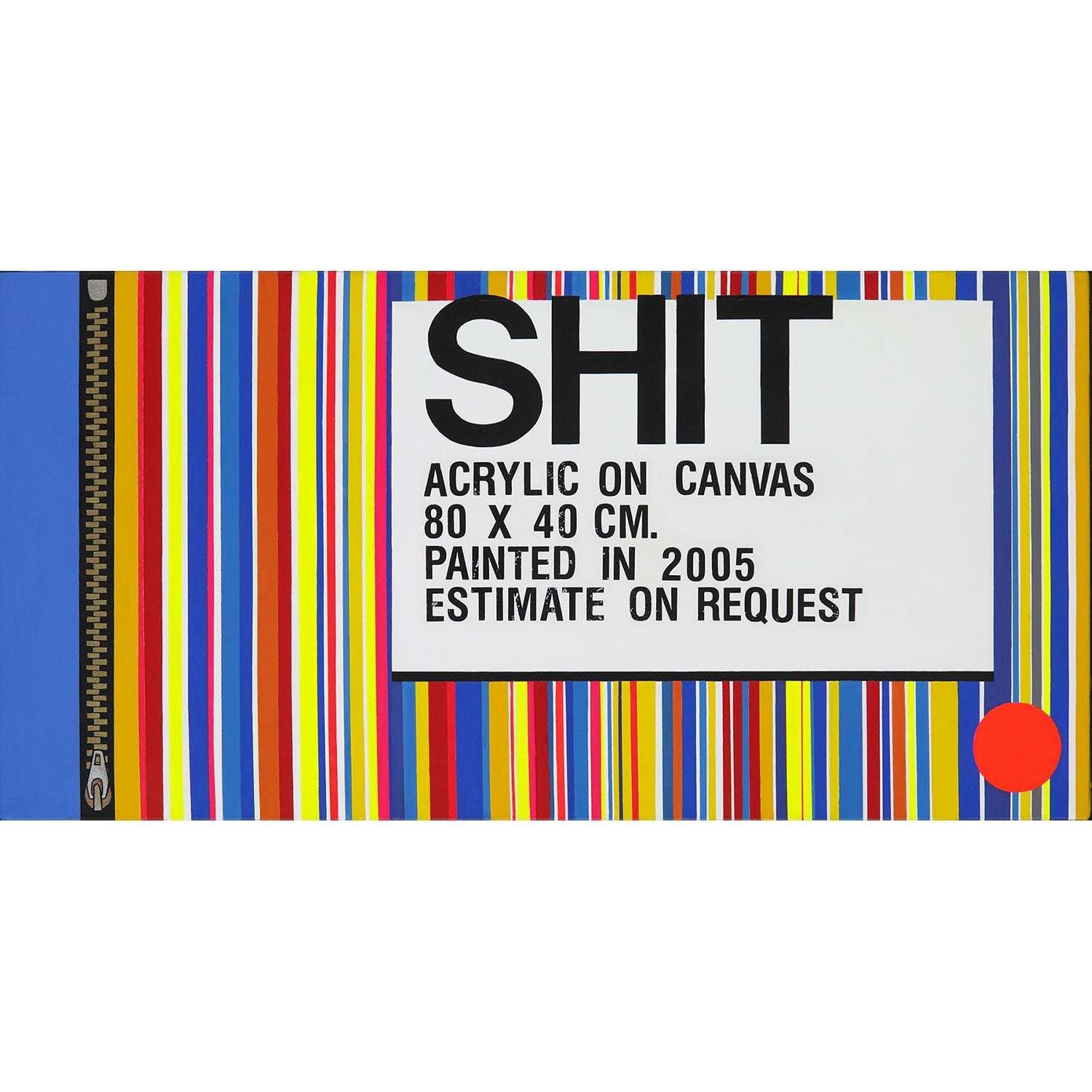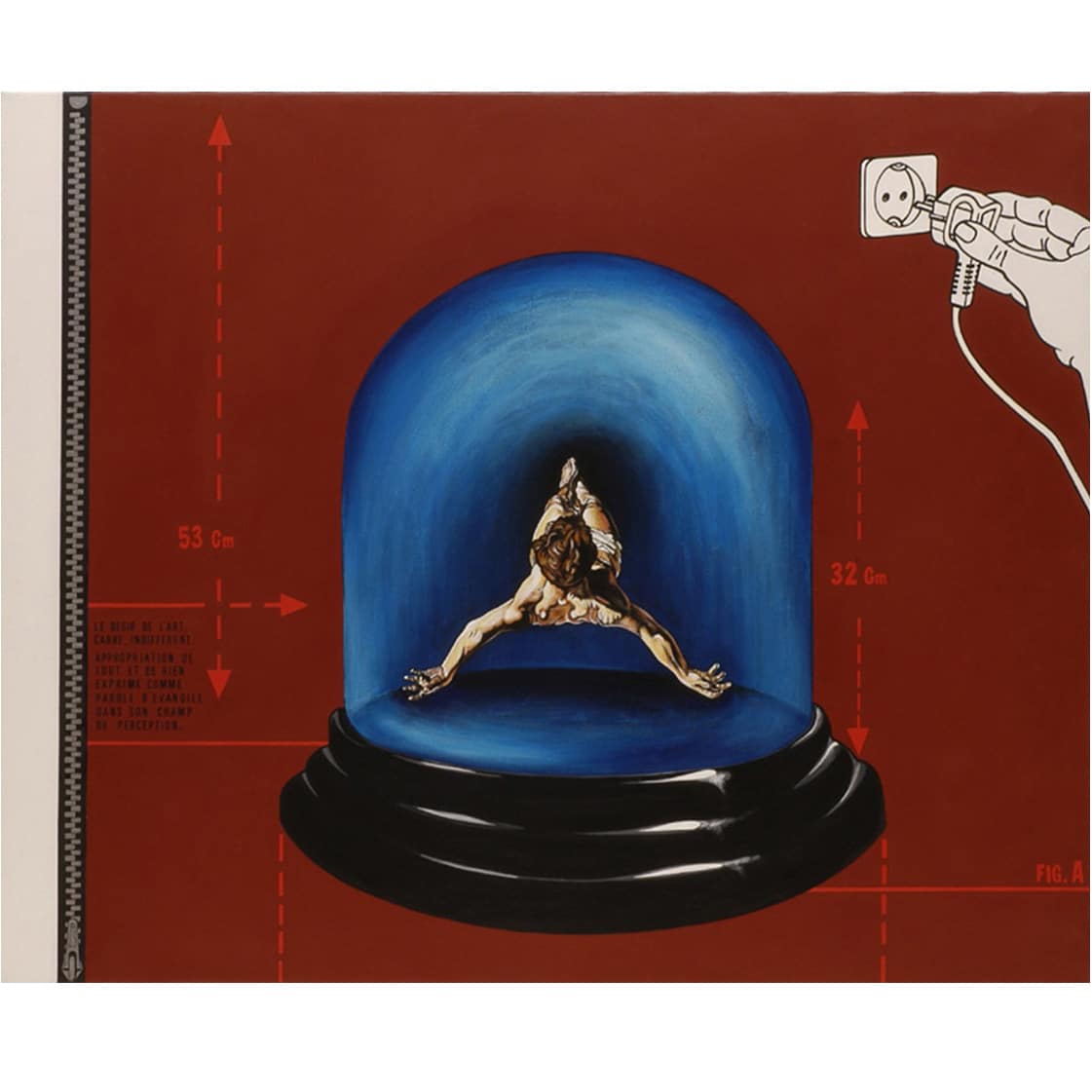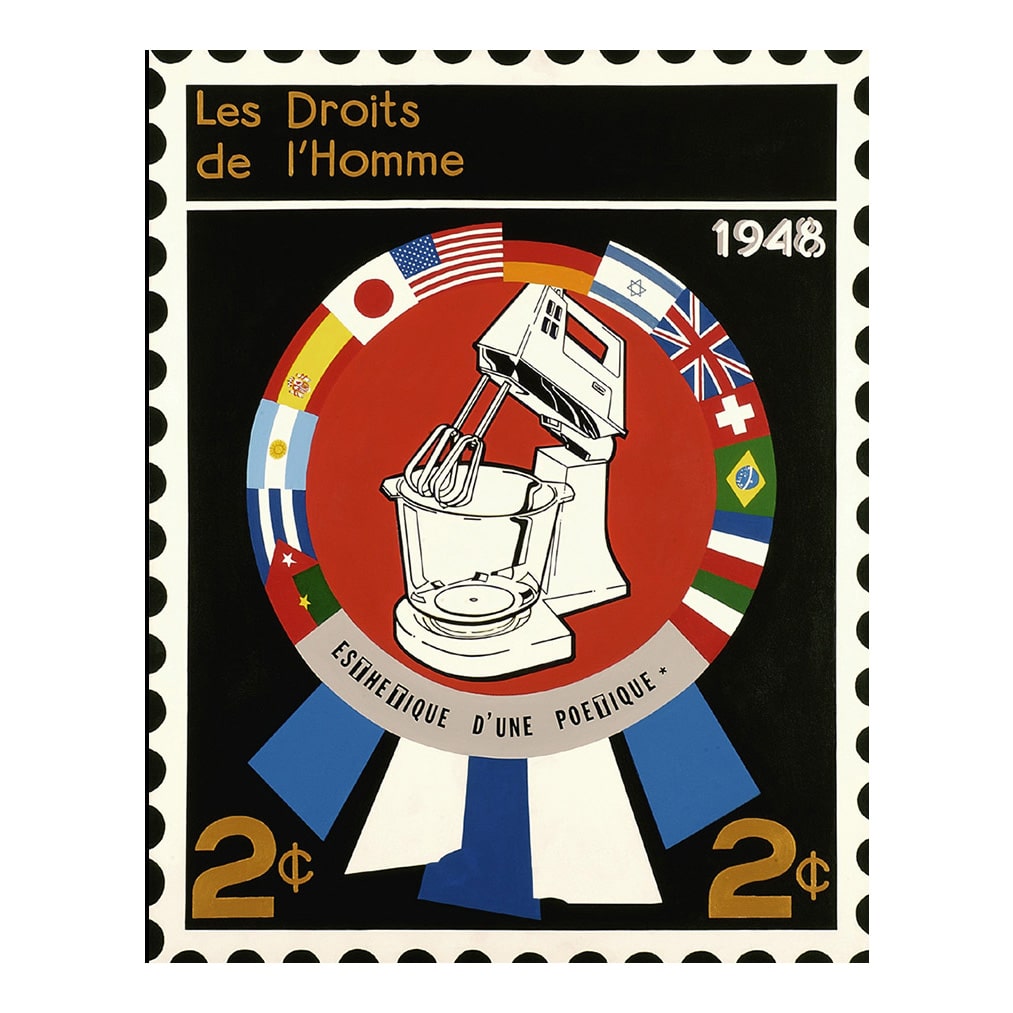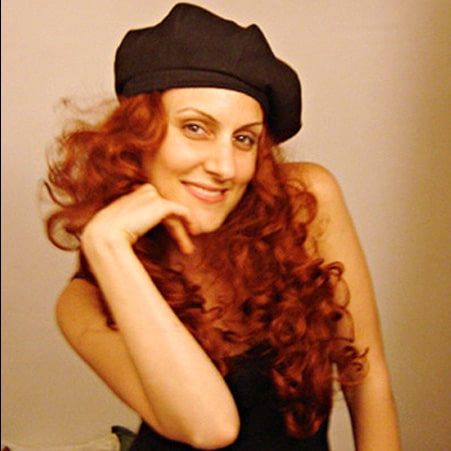Cecilia Cubarle paints. She makes bold claims for painting and the pleasure of the “act of painting”. She enjoys the sensuality and the materiality of paint as a plastic resource; yet, at the same time, you feel that she is paying tribute to the masters of the history of art that have been shaping the iconography of her imagination. With her profoundly self-referential body of work, Cubarle forms part of the generation that began working at the dawn of the new millennium, at the moment when the western world felt that all its certainties had been undermined. If, towards the end of the 20th century, the collapse of the grand narratives of history laid bare the fragility of existence, then the start of the 21st century brought with it the sensation of permanent uncertainty and the establishment of a new world order for which the user’s manual is yet unknown.
For Cubarle, painting is her refuge, the space in which her fortitude can flourish. It is a place from where she can make herself heard, from where the artist can articulate her message using a language of plain colours, of almost graphic directness, that resorts to “ready-made” images, and that sometimes even flirts with pop imagery. A simple and effective language in which she comments on, questions and discusses certain aspects of contemporary life with which she feels less than comfortable.
In her paintings the artist appropriates, copies, amplifies, translates and replicates with obsessive meticulousness everything that captures her attention. A butterfly, an old Singer sewing machine or traffic signs, can be the point of departure, the trigger for any of her series.
With her penetrating gaze, Cubarle critically metabolises her surroundings. Her anger at man’s exploitation of man and the subjugation of the rights of the citizen are the origin of the series on Les Droits de l’Homme (the Human Rights) from 2004.
Cubarle has demonstrated similar commitment in dismantling several of the myths of our consumer society: from a Marilyn “to cut-out” to a “look-but-don’t-touch” Madonna, from a Superman knocked out by the global crisis to a Bin Laden converted into merchandising. From glamour girl to material girl, from superhero to supervillain, her characters file past in a biting commentary on the state of our contemporary world.
For Cecilia Cubarle the history of art is an enormous “collection of figurines” that she ransacks to stock her own collage of images. She freely uses the most sacred and historical works of art, which she decontextualises with total abandon to put into a new context.
In her series Art & Market, it’s all about dealing the artist ponders the question of how works of art are valued: for their aesthetic value or for their market price? She reflects on the phenomenon of financial speculation that is now associated with the market, and the mechanisms that regulate it. At the same time she parodies the very lexicon of the medium: Estimation and Conditions to buy and sell Art are some of the titles of her works.
Displaying her personal universe, Cubarle’s painting carries a heavy existential load. Early in Cubarle’s career, her drawing teacher, Pablo González Padilla, observed, “Her work involves her and commits her both artistically and morally”. Through images that at first sight seem carefree and cheerful, the work of this young artist from Córdoba, Argentina, now settled in Paris, transmutes into a gigantic question mark that unrelentingly interrogates the spectator. Cubarle gives no respite.
Behind the decorative appearance is revealed a profoundly humanist body of work, of great ethical commitment, in which the artist is permanently asking what her place is in the scheme of things. But, more significantly still, for her the overriding question is: “What is the place of contemporary humankind at this historical crossroads where we are fated to live?”
Clelia Taricco
(extract from Cecilia Cubarle moments)
Cecilia Cubarle målar. Hon gör anspråk på måleriet och lusten till ”själva målandet”. Hon njuter av måleriets sensuella och materiella formskapande, samtidigt som hon sätter värde på de konsthistoriska mästarna som har format hennes ikonografiska bildspråk. Cecilia Cubarles verk är starkt självrefererande. Hon tillhör en generation som började arbeta i det nya millenniets inledning, då västvärlden fick uppleva hur alla sanningar undergrävdes. Om historiens höjdpunkter föll i slutet av 1900-talet och avslöjade existensens bräcklighet, har tjugonde århundradet väckt en känsla av ständig ovisshet och en ny världsordning utan användarhandledning.
För Cecilia Cubarle är måleriet en tillflykt och en plats för motstånd. En plats från vilken konstnären gör sig hörd, med hjälp av ett språk med släta nästan grafiska färger och massproducerade bilder, som ibland också flörtar med popkonstens bildspråk. Ett enkelt och tydligt språk med vilket hon kommenterar, ifrågasätter och diskuterar de samtidsfrågor som oroar henne.
Konstnären använder sig av allt som fångar hennes intresse och kopierar, utvidgar, överför och replikerar det i sitt måleri. En fjäril, en gammal Singer symaskin eller en trafikskylt kan vara utgångspunkten eller startskottet för vilken som helst av hennes serier.
Med sin blick smälter Cecilia Cubarle kritiskt ner sin omgivning. Hennes upprördhet över människans exploatering av människan och kuvade medborgerliga rättigheter är ursprunget till serien Les Droits de l’Homme (de mänskliga rättigheterna) från 2004.
I samma anda ägnar sig Cecilia Cubarle åt att demontera flera myter i vårt konsumtionssamhälle: från Marilyn som ”klippdocka” till Madonna ”som man får se men inte röra”, från en av världskrisen besegrad Fantomen till Bin Ladin förvandlad till handelsvara. Från glamourflickan till Material Girl, från superhjälten till superskurken, figur efter figur i en bitsk kommentar av tillståndet hos vår samtid.
För Cecilia Cubarle är konsthistorien en enda stor ”bilderbok” med vars bilder hon sätter ihop sitt eget bildcollage. På ett helt obesvärat sätt använder hon sig av erkända konsthistoriska verk, som hon lyfter ut ur sitt sammanhang och sätter in i ett nytt.
I sin serie Art & Market, it’s all about dealing ifrågasätter konstnären ett konstverks värde – estetiskt värde eller marknadsvärde? – mot bakgrunden av den ekonomiska spekulationen på konstmarknaden och de mekanismer som reglerar den. Estimation och Conditions to buy and sell Art, är några av titlarna på hennes verk, där hon parodierar kring konstmarknadens ordval.
Cecilia Cubarles måleri och personliga universum är mycket existentiellt laddat. Hennes teckningslärare Pablo González Padilla har sagt ”att hennes verk gör henne delaktig och engagerar henne, både konstnärligt och moraliskt”. Bakom bilderna som till en början ger ett glättigt och bekymmersfritt intryck, ställer verken av denna unga konstnär från Córdoba i Argentina (nu bosatt i Paris) stora frågor till betraktaren. Cecilia Cubarle låter en inte hämta andan.
Bakom den dekorativa ytan finner vi en djupt humanistiskt konst, med stort etiskt engagemang, som ständigt frågar efter sin plats, men framför allt vilken som är platsen för dagens människor vid det historiska vägskäl de nu lever i.
Clelia Taricco
(utdrag ur Cecilia Cubarle moments)
L’art de Cecilia Cubarle est une succession de rêves. Presque palpables et cependant irréels, quasiment surréalistes. L’observateur est comme aspiré dans un paysage qui fait penser à René Magritte, un paysage libéré de toute logique et saturé de beauté.
Mon travail est secret, comme un journal intime, "mi trabajo es como un diario íntimo", écrit Cecilia Cubarle dans des notes que l’on peut considérer comme un manifeste de son art.
Elle souligne dans ce texte qu’elle s’efforce de voir les rapports entre l’art et le marché, entre le féminin et le masculin, une perpétuelle alternance entre l’esthétique et le grotesque. "Esthétique ou non-esthétique ?" se demande-t-elle dans son manifeste.
Dans sa peinture acrylique "Métamorphose" datée de 2004, Cecilia Cubarle donne à voir le contraste tranchant entre d’une part les papillons légers et multicolores d’un marque-page, et d’autre part la lourdeur technologique d’une vieille machine à coudre.
Même chose dans sa peinture "Vice-Versa" datée de 2005, où Cecilia Cubarle s’amuse à opposer et élaborer le masculin et le féminin, contraste illustré d’un côté par d’imposantes voitures de collection, et de l’autre par des parterres de fleurs.
Cecilia Cubarle est née en 1975 à Córdoba, en Argentine. Entre 1994 et 2000 elle a fait ses études à l’École des Beaux Arts, à l’Université de sa ville natale. Munie de son diplôme des Beaux Arts, elle est partie pour New York où elle a participé à l’Arts Students League. Sa formation artistique inclut à la fois le dessin, la gravure et la peinture. Elle vit et travaille maintenant à Paris.
Cecilia Cubarle a eu sa première exposition individuelle de peinture, intitulée "Documentaciones falsas" (Fausses documentations), à Córdoba, Argentine en 2000. Elle présente la même année (avec son groupe "7 s/t"), "Gula Patología del exceso", une exposition d'installations très remarquée, à Quito, Équateur. C'est en 2005 qu'elle fera "Paris Uptown, it's all about dealing", sa première exposition personnelle à Paris, à la Galerie Salvador.
En 2006, Cecilia Cubarle s’est associée au groupe "Les nouveauX pop", formé de dix artistes issus de la nouvelle génération pop art – parmi lesquels MariaManuela, Antonio de Felipe, Philippe Huart et William Sweetlove. Ils ont participé tous ensemble à plusieurs expositions collectives en Europe et en Asie.
De manière inattendue, dans le style de Monty Python, une des œuvres de Cecilia Cubarle représente un gâteau de mariage. On voit d’abord un couple de mariés au sommet de la pâtisserie, suivi d’un autobus londonien, lui-même entouré de peintures de Maîtres. On reconnaît notamment le célèbre urinoir de Duchamp et la Joconde de Léonard de Vinci. A l’humour vient se mêler un écho de l’Histoire de l’Art.
Johan Persson




